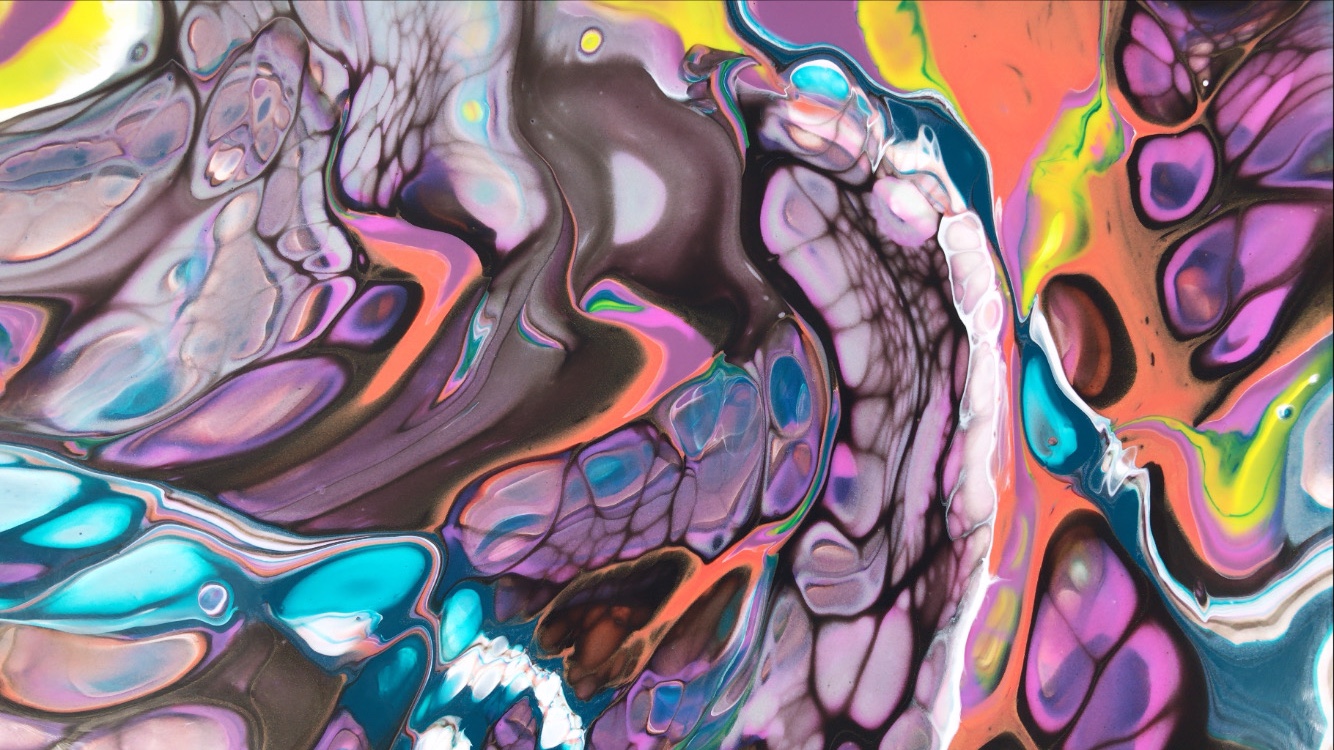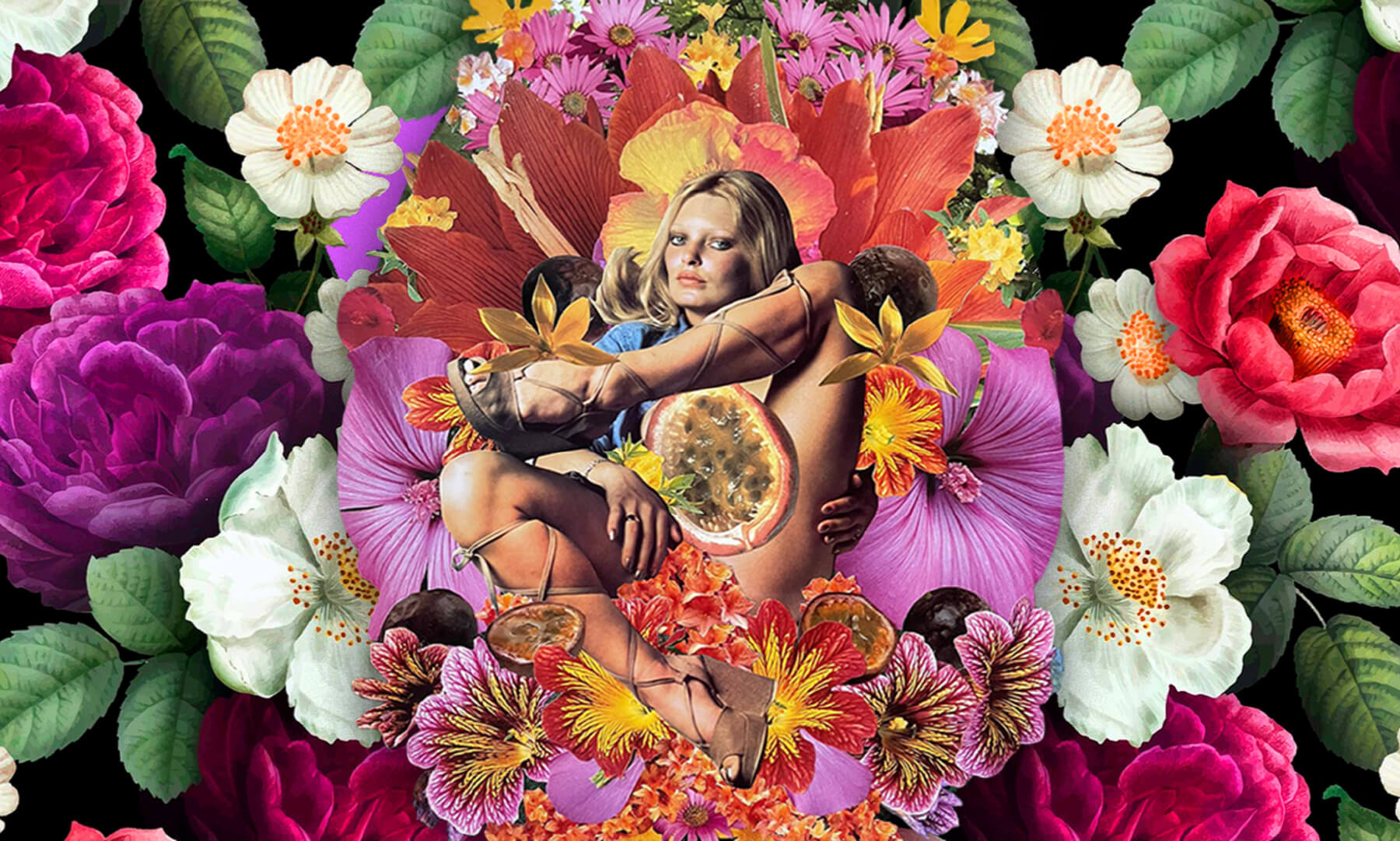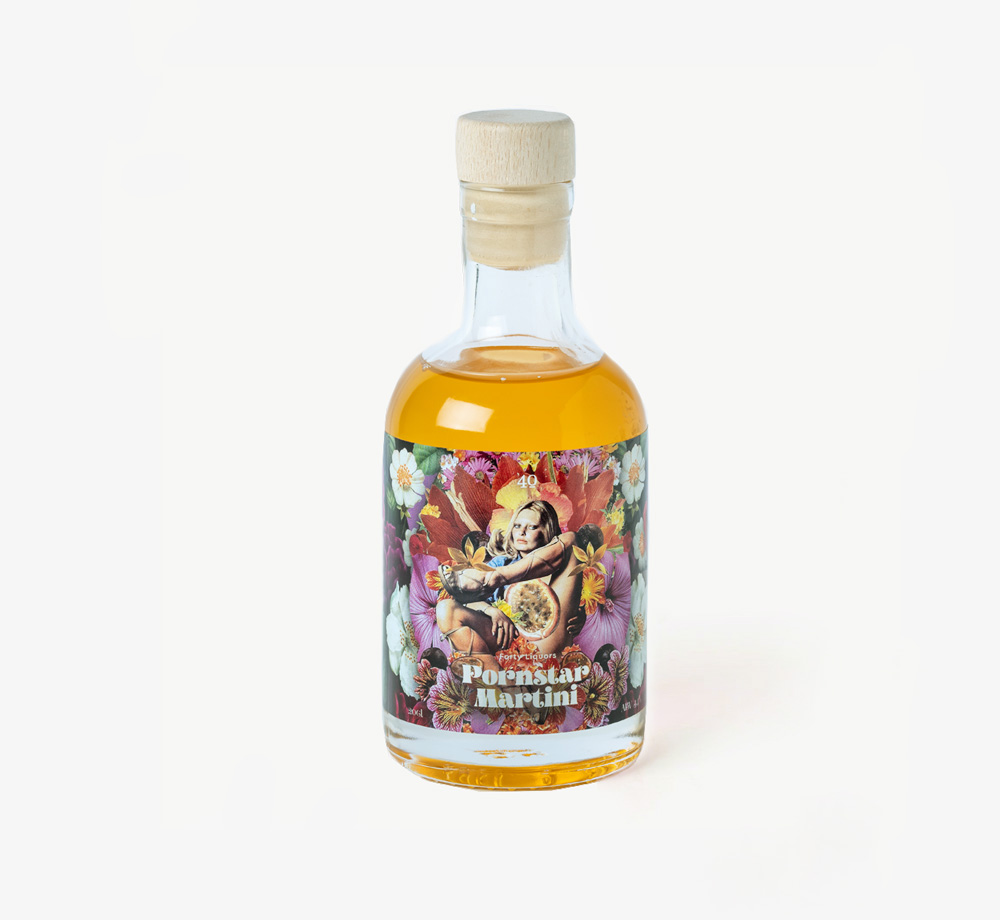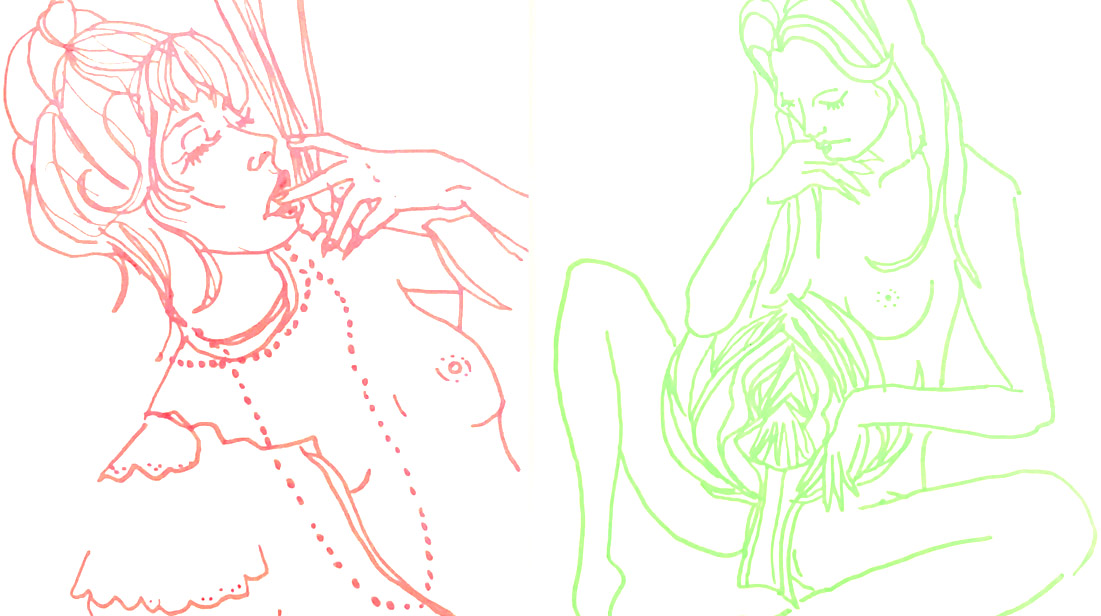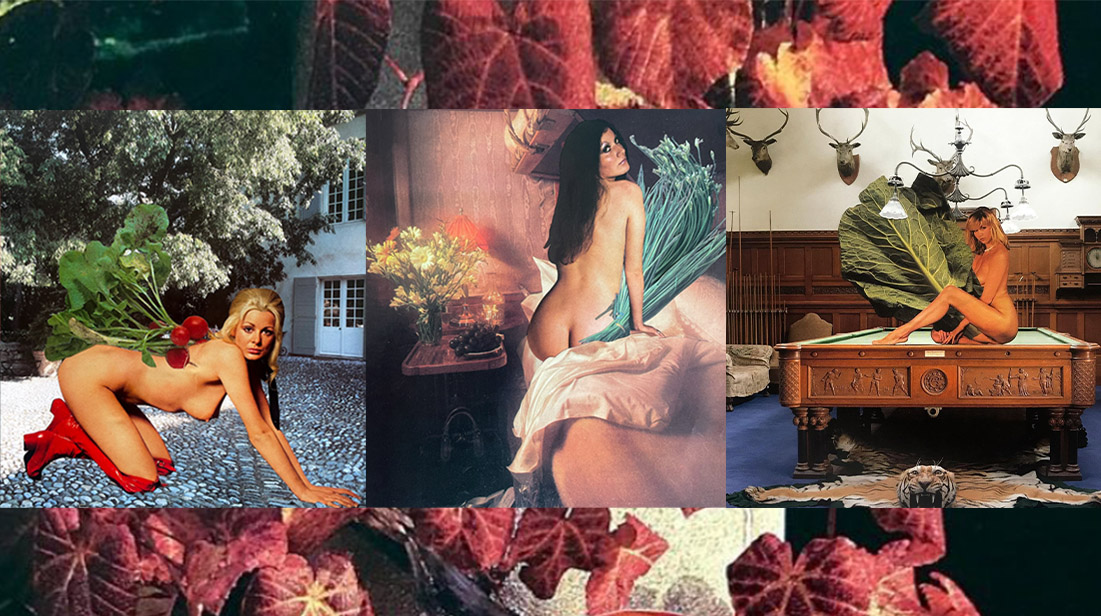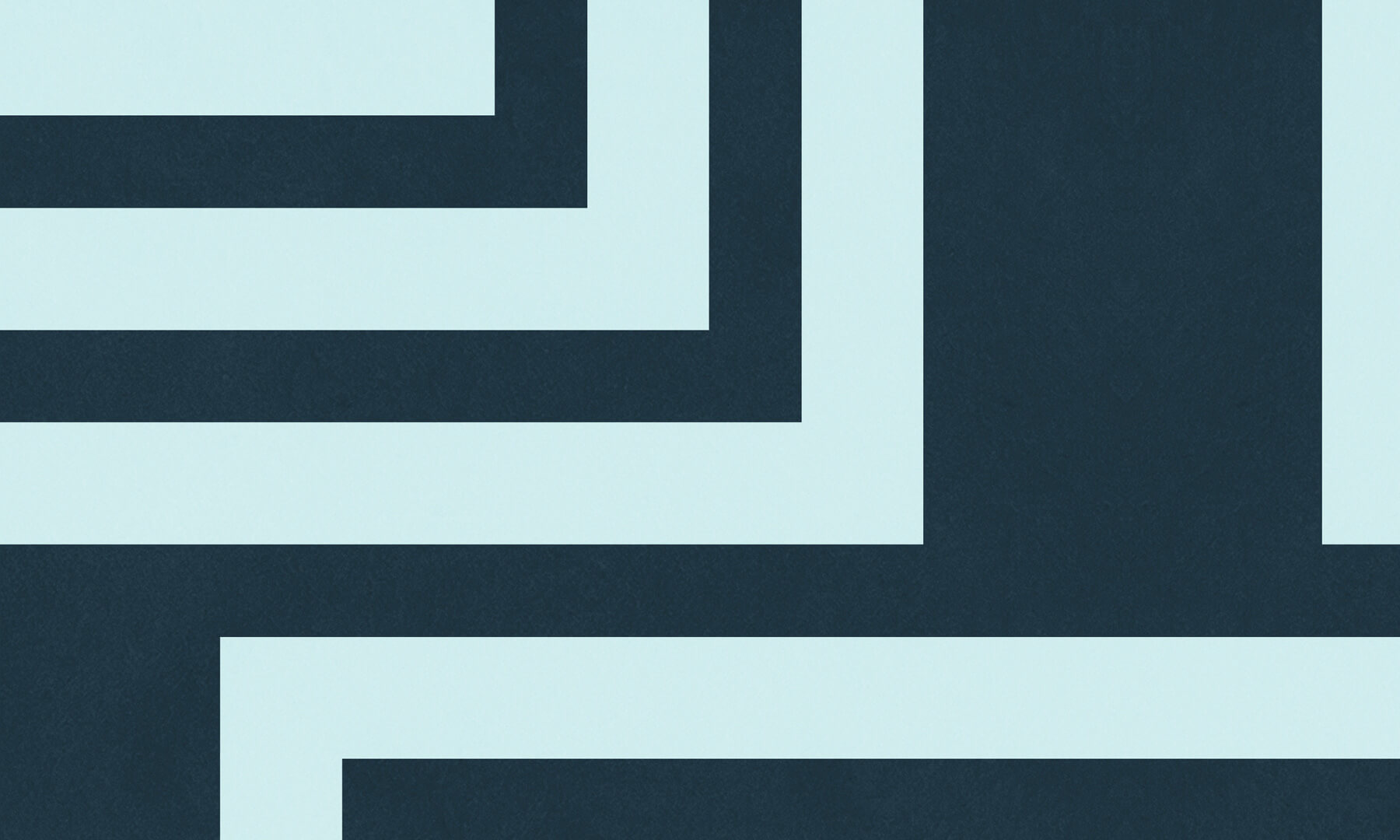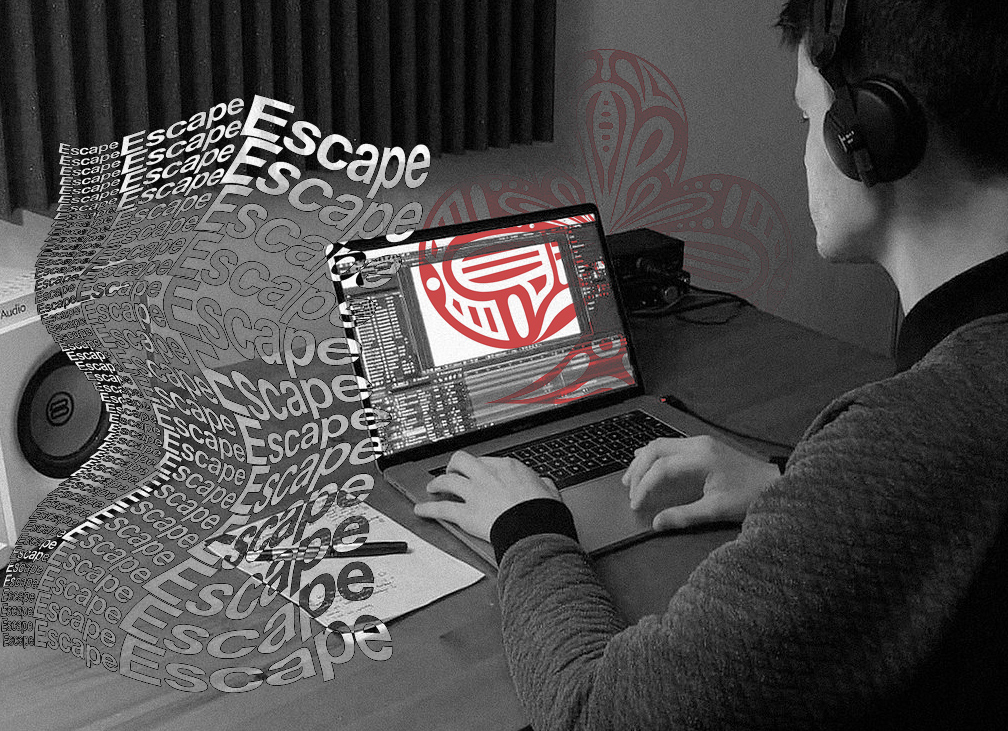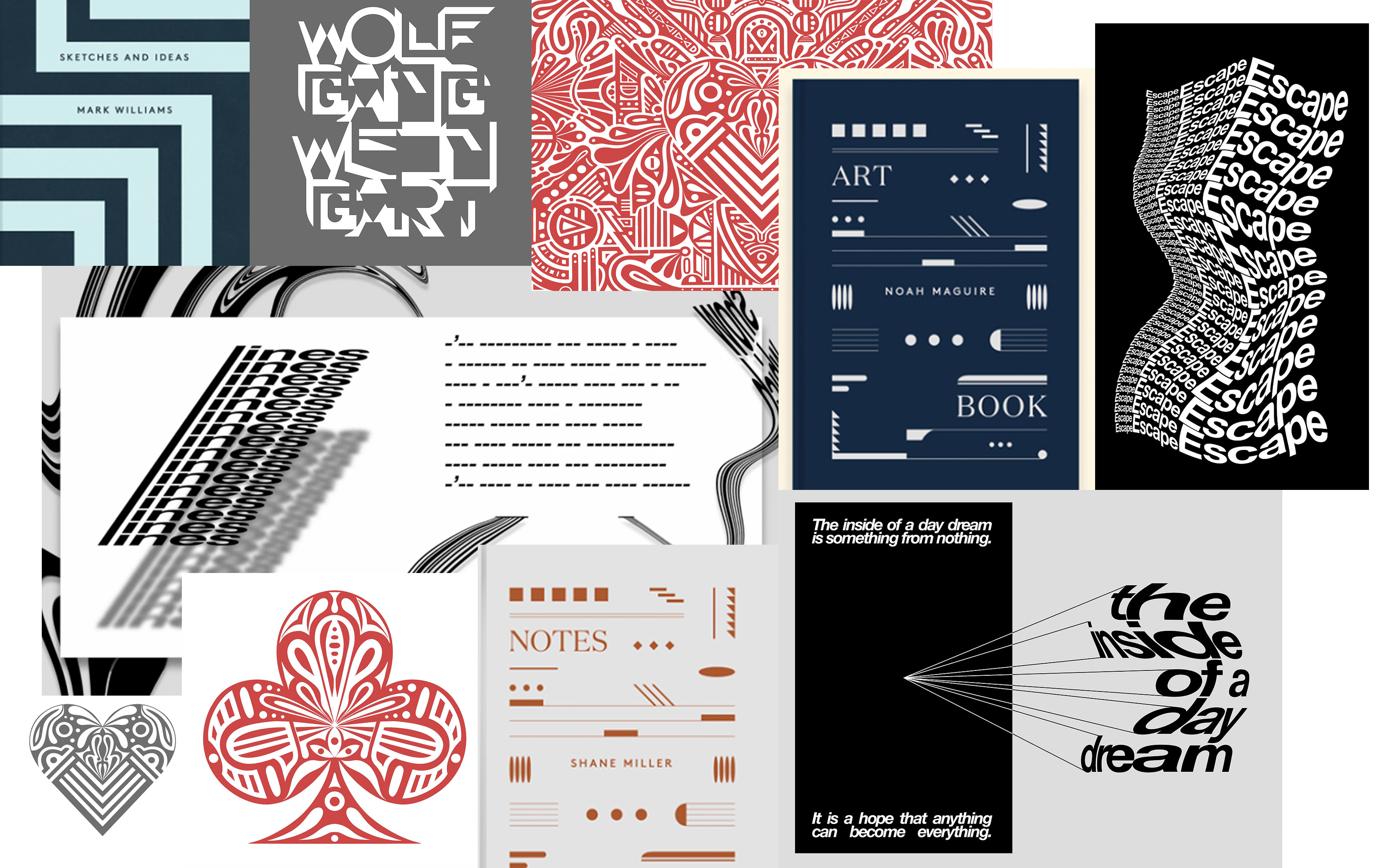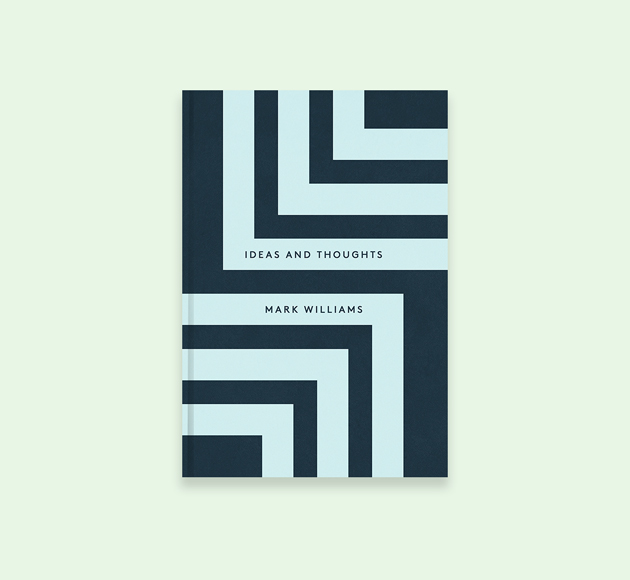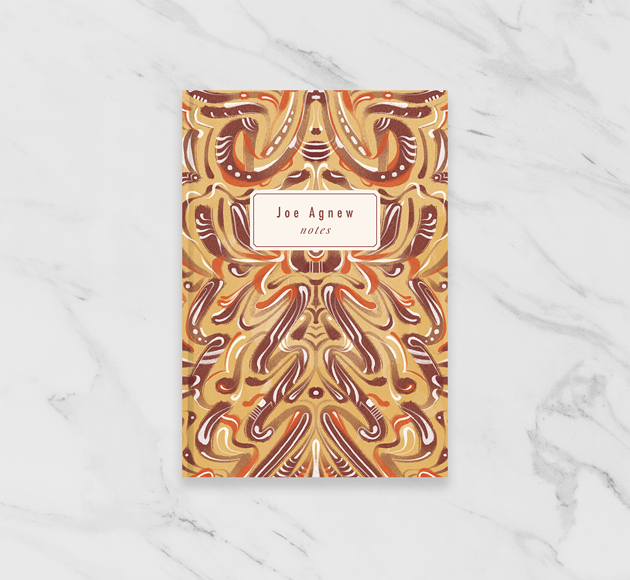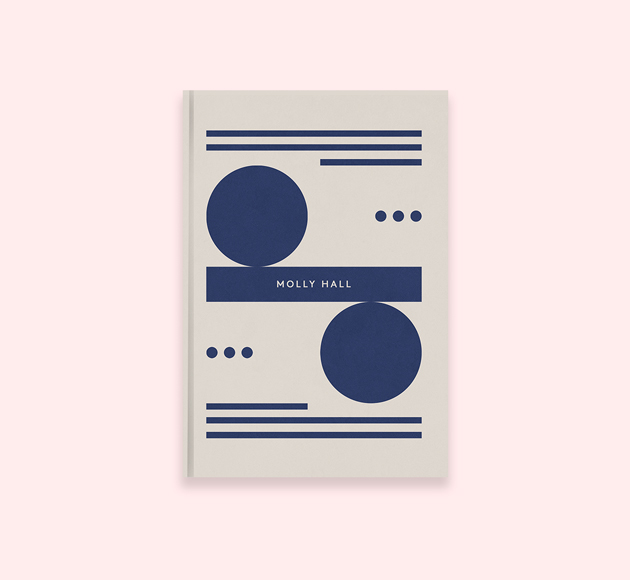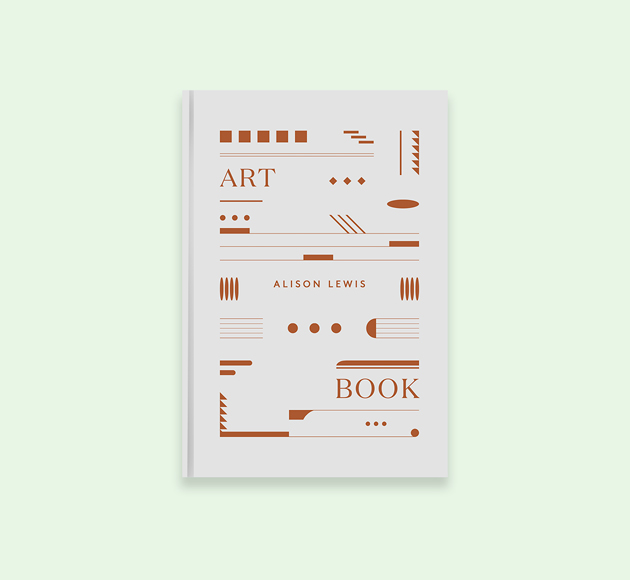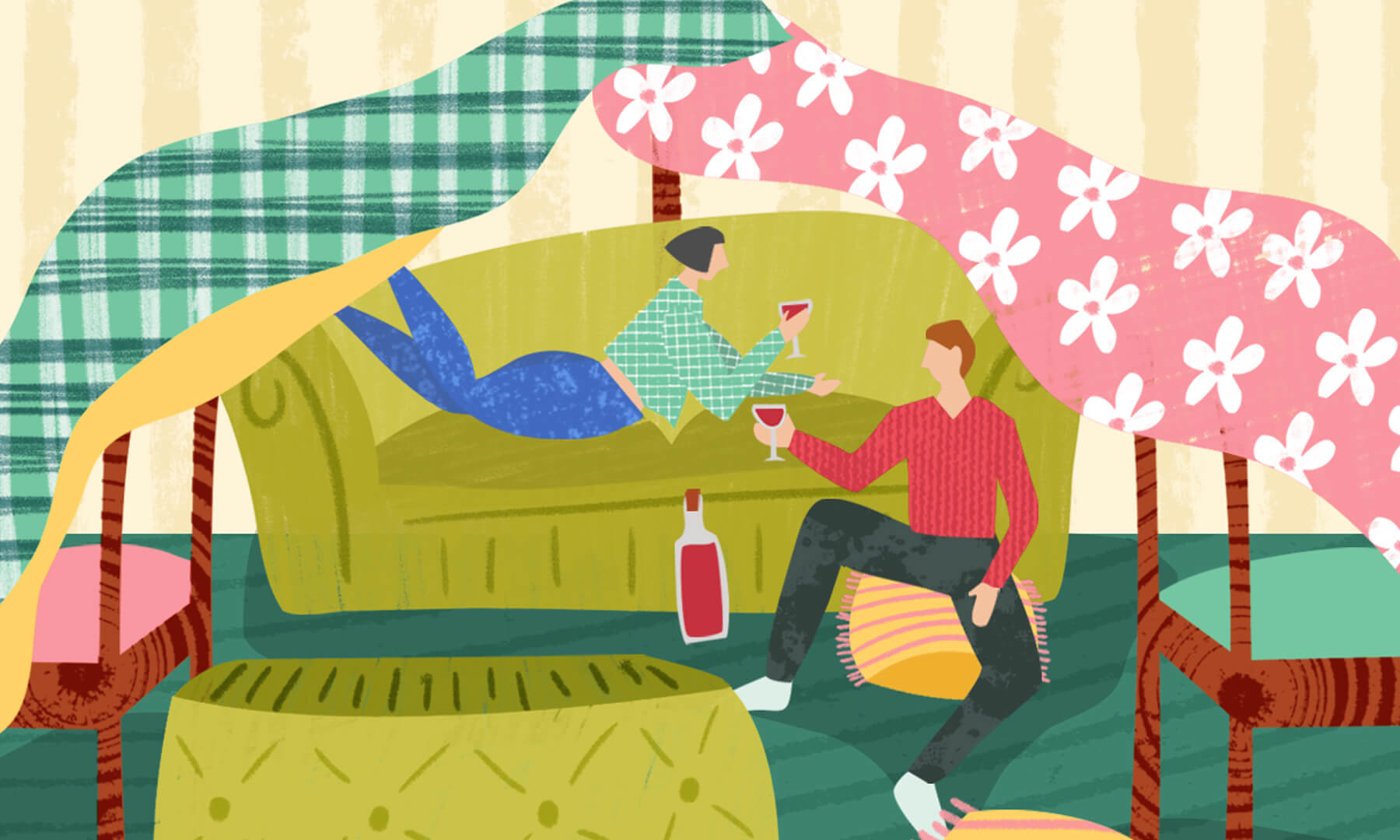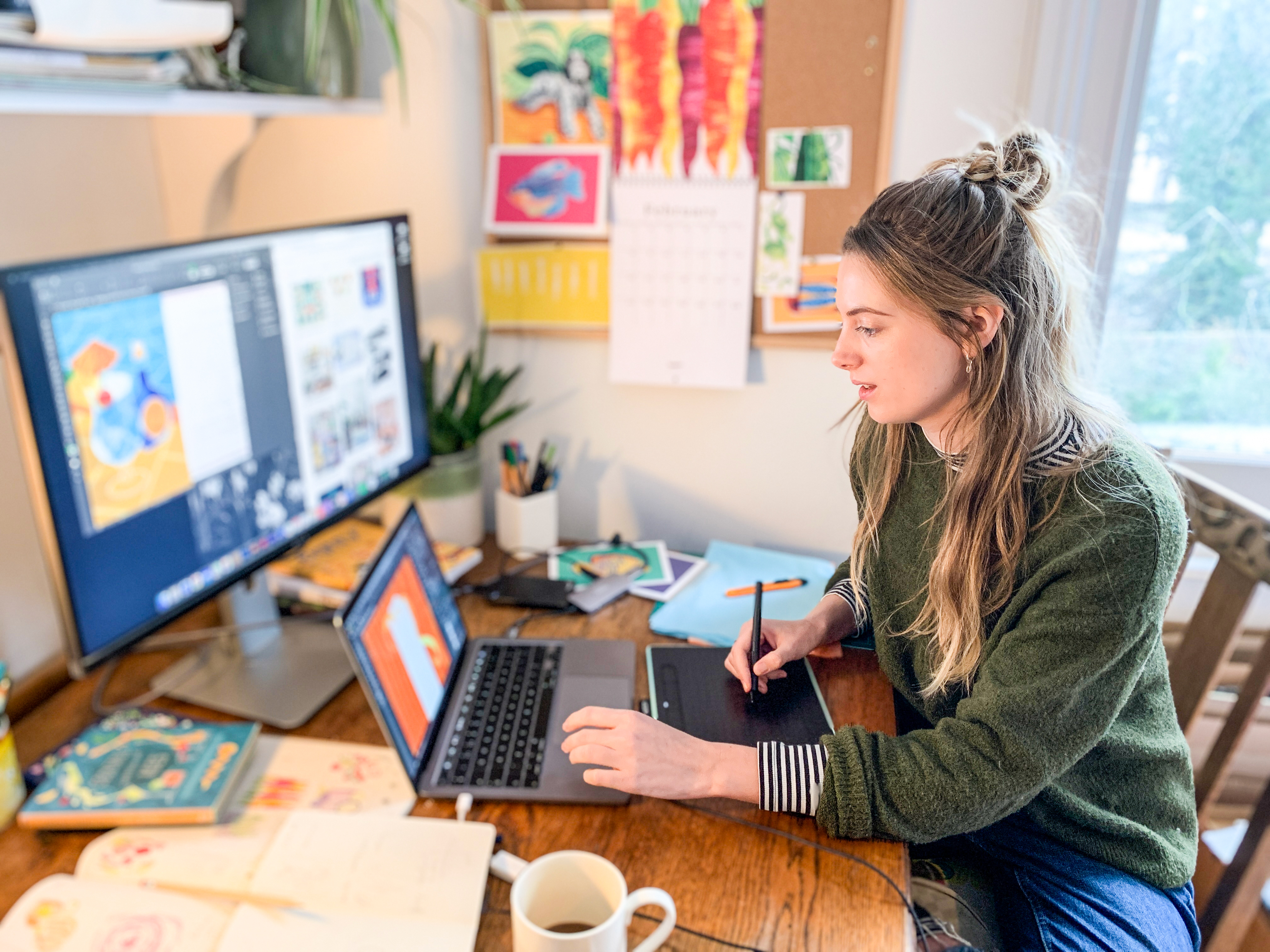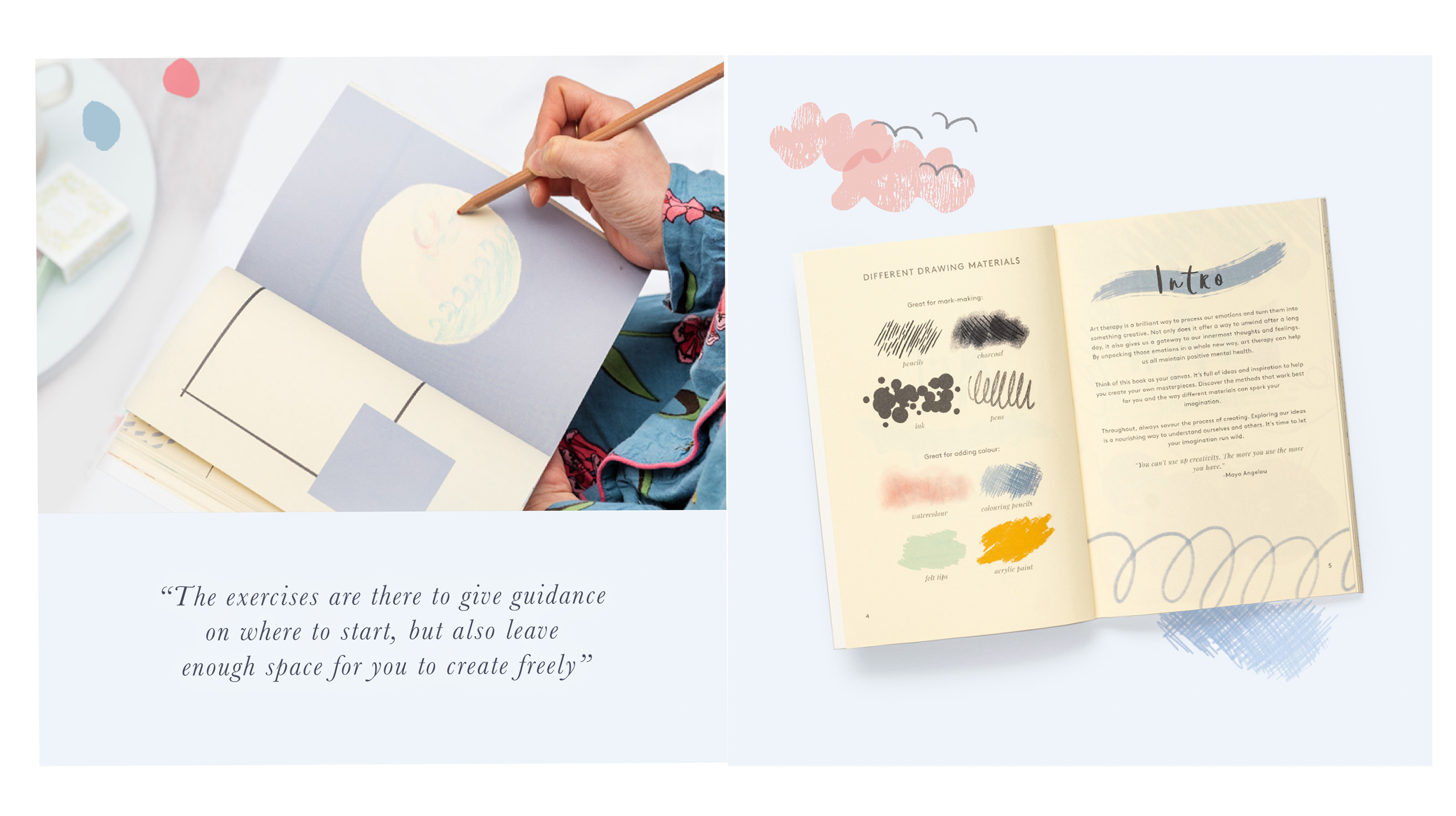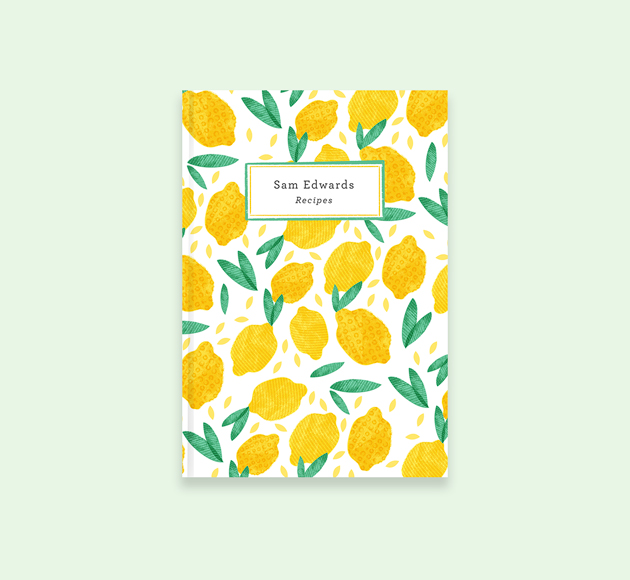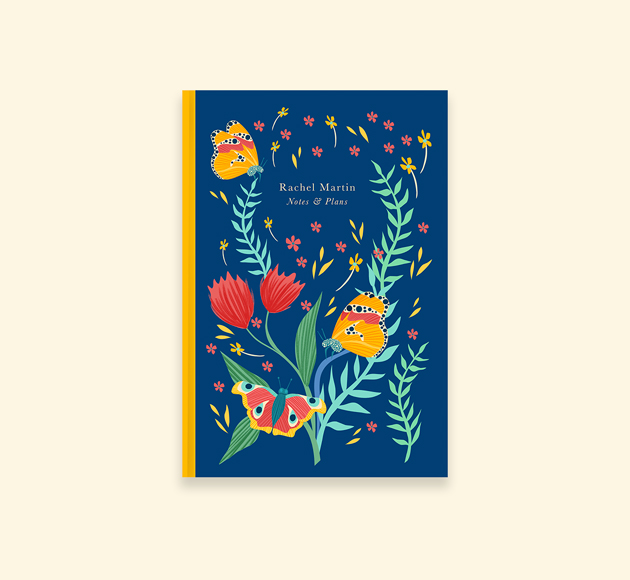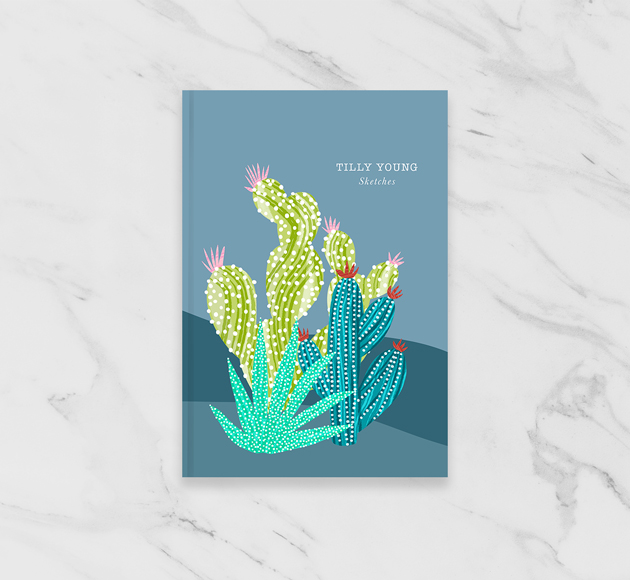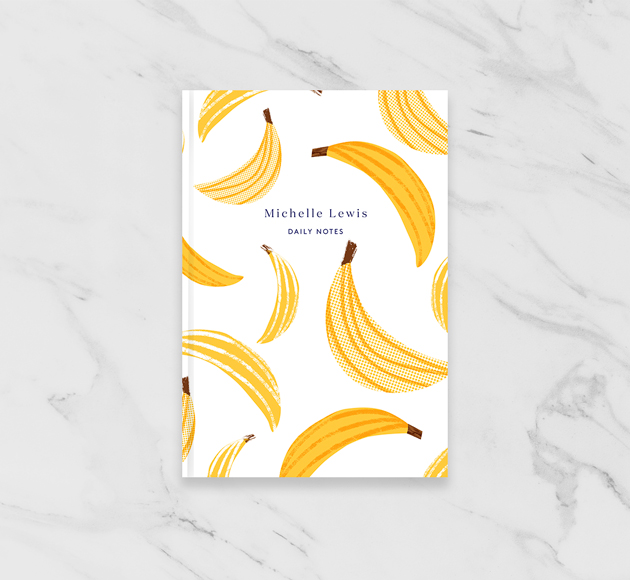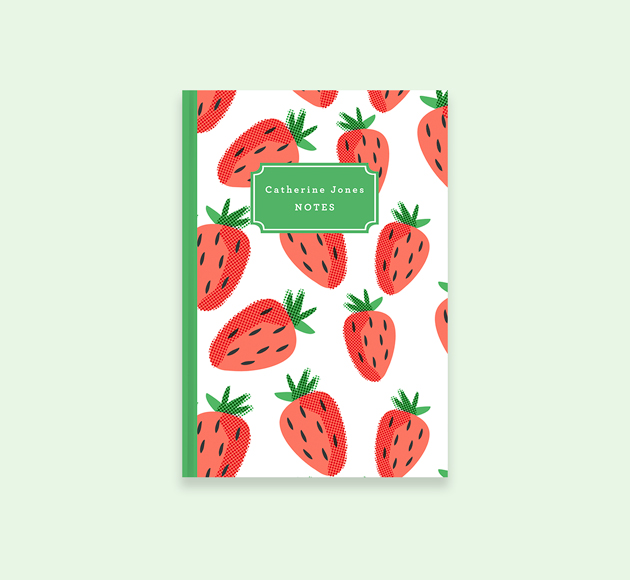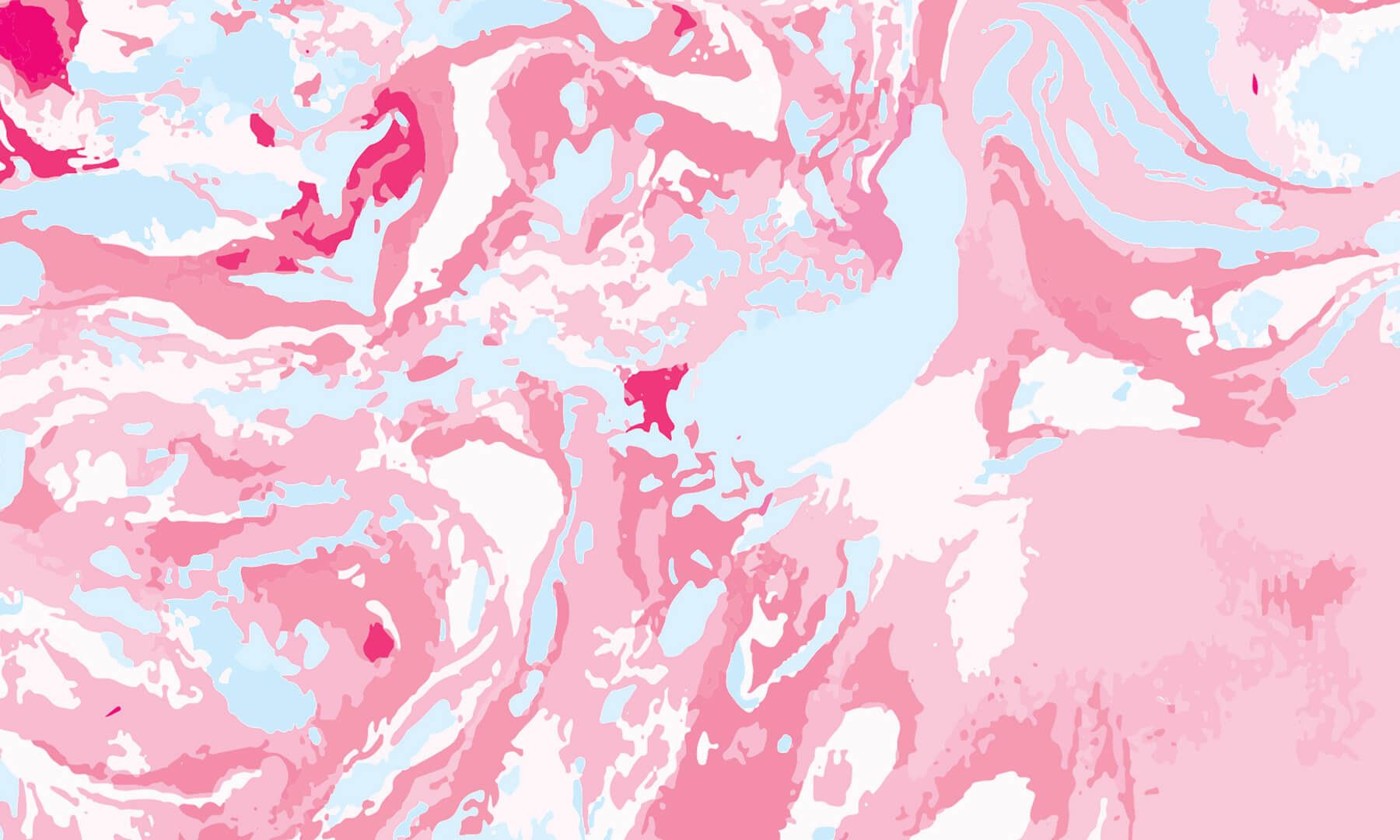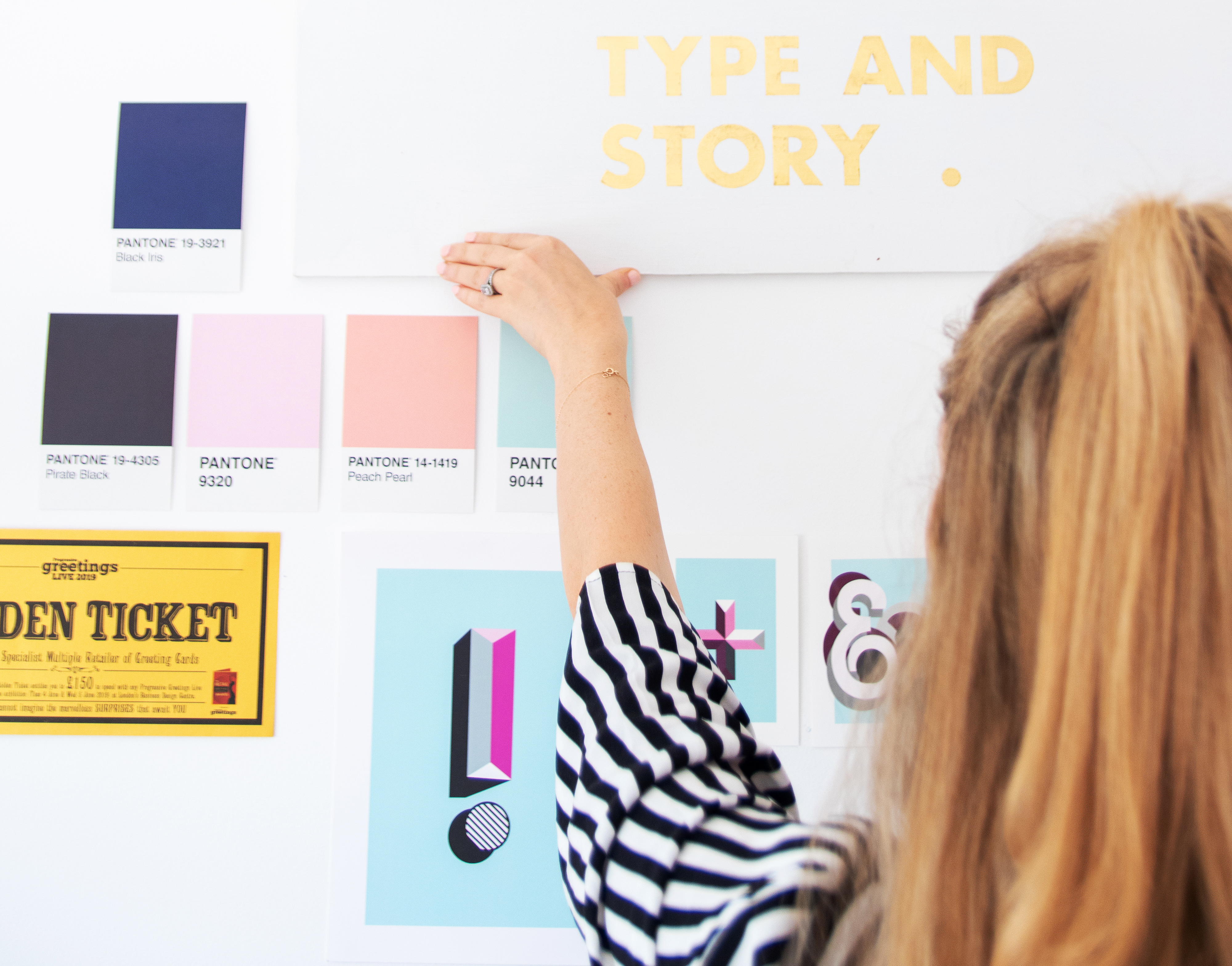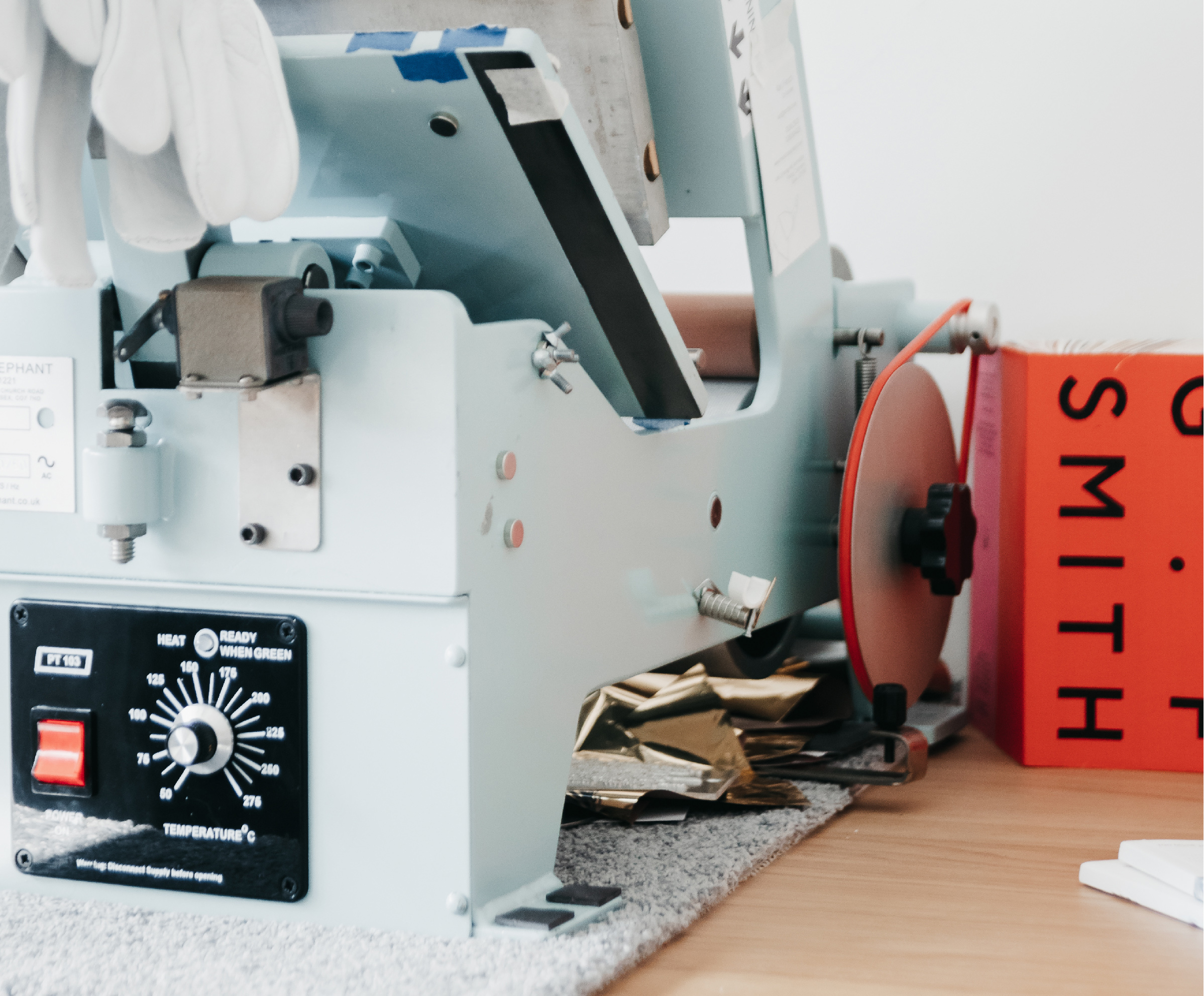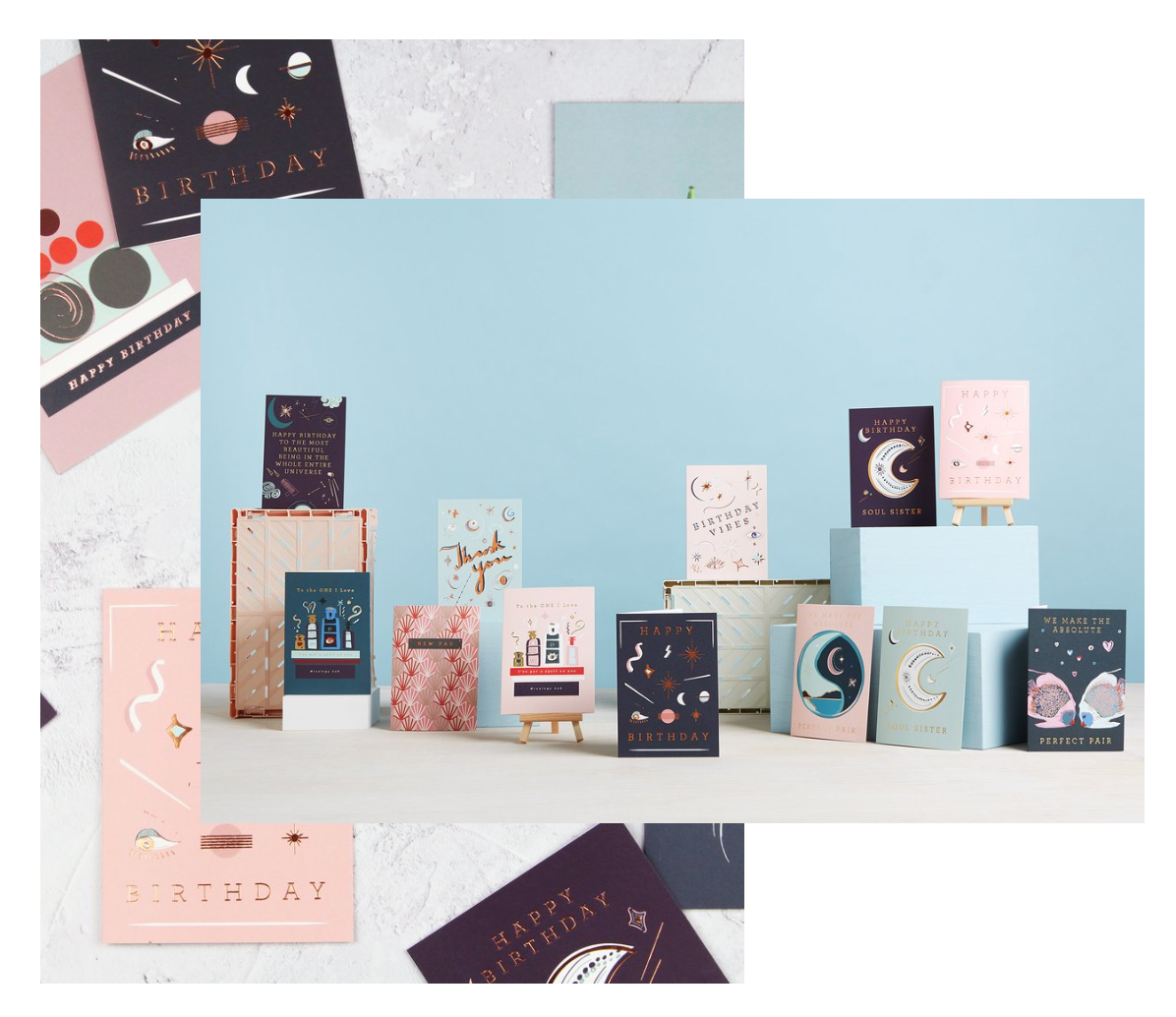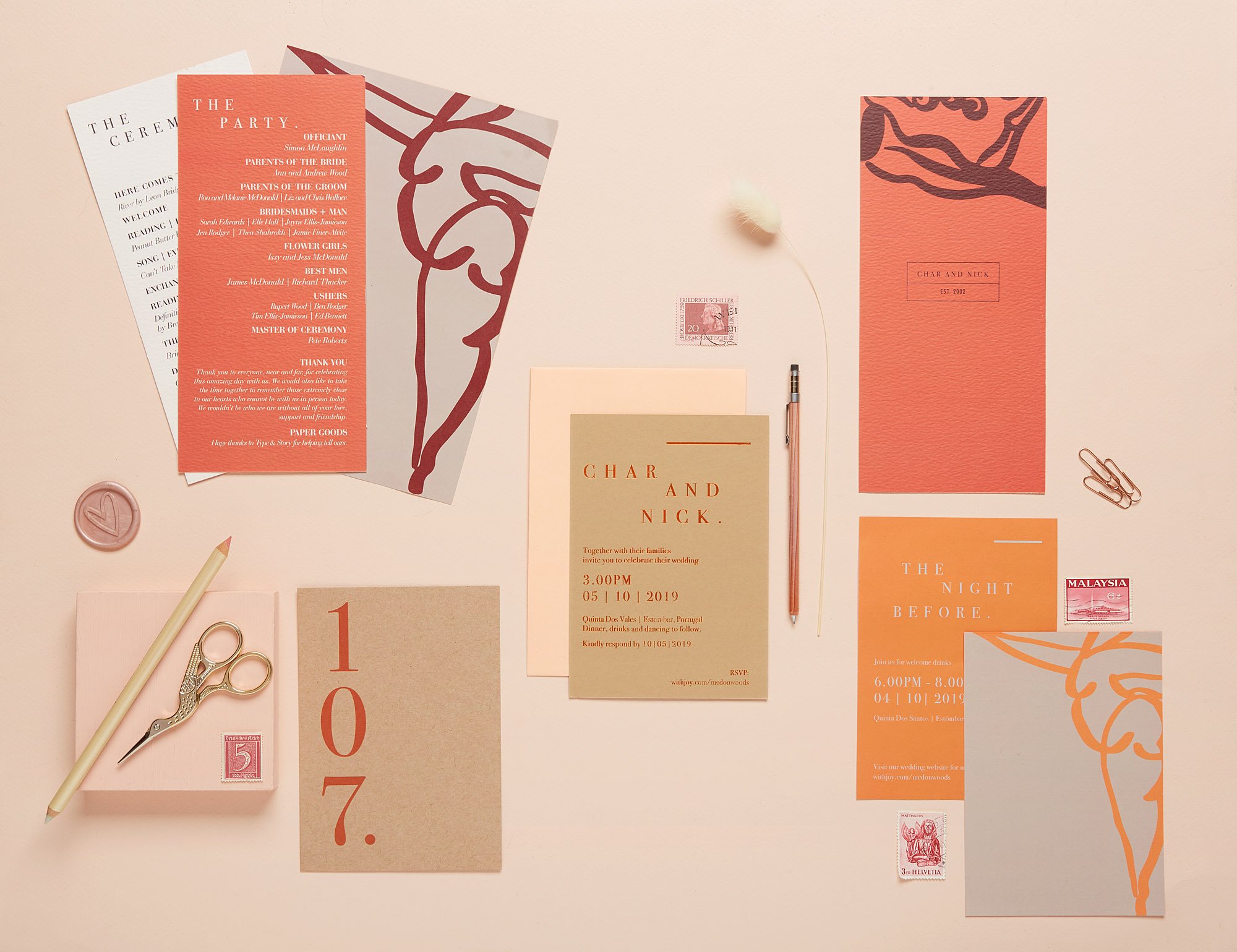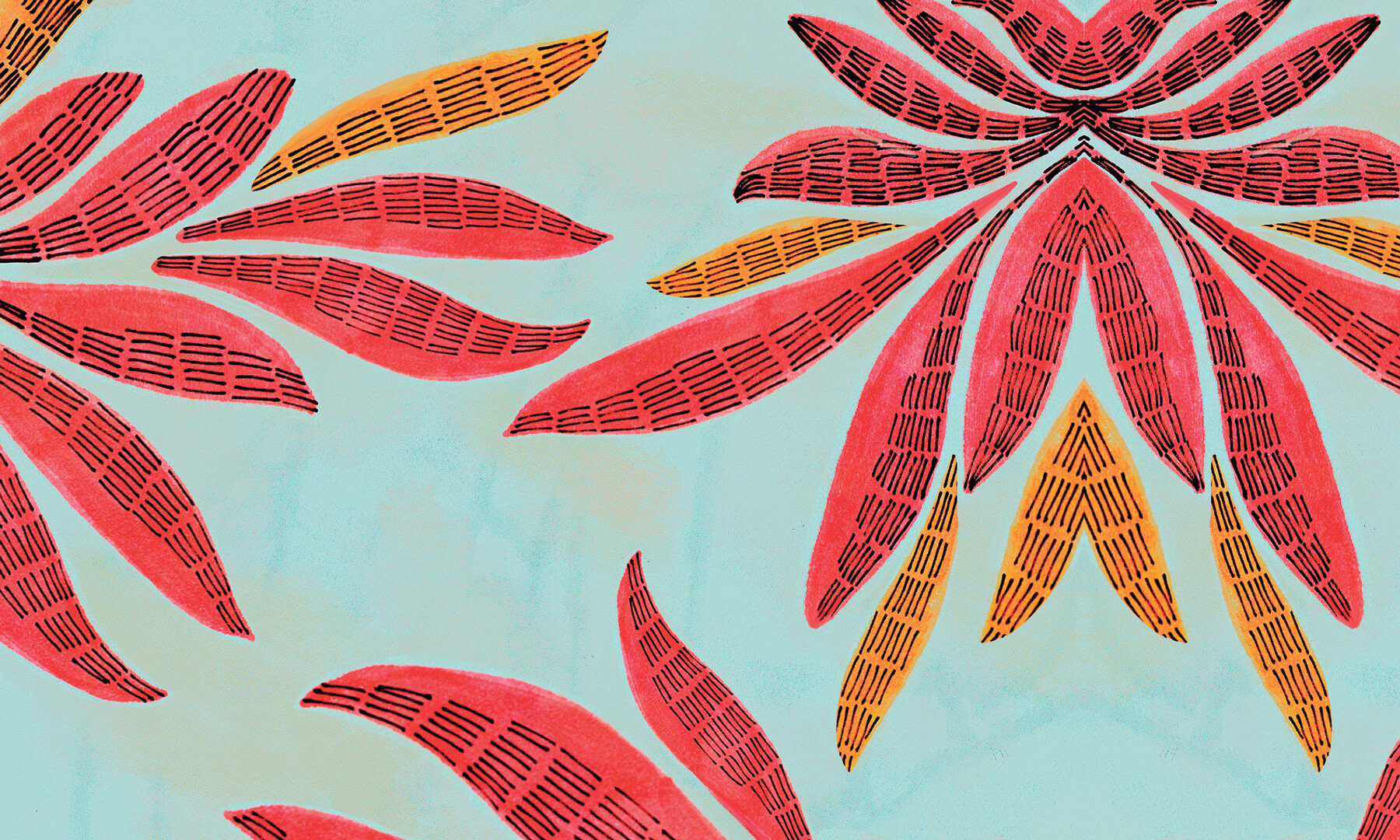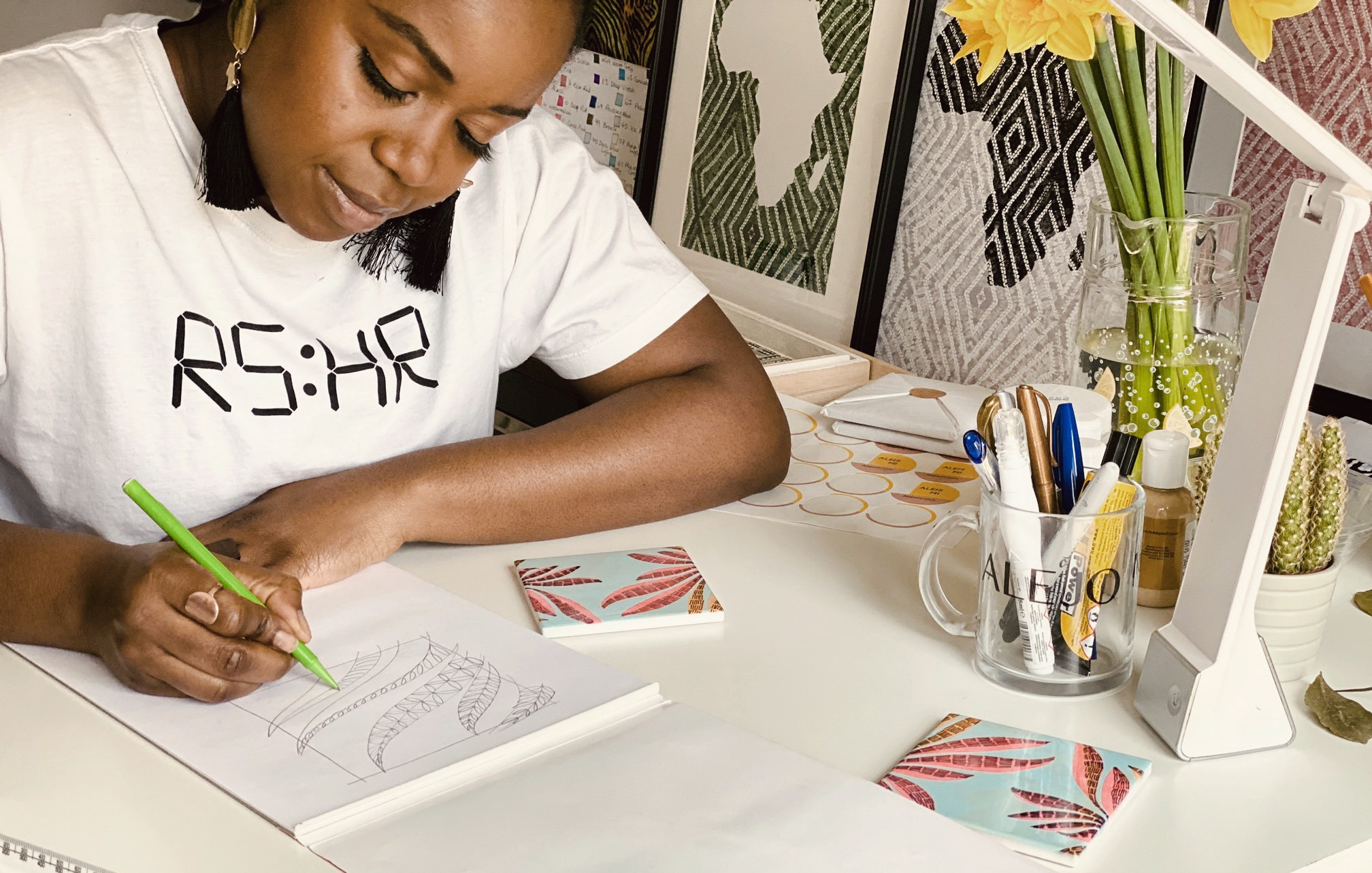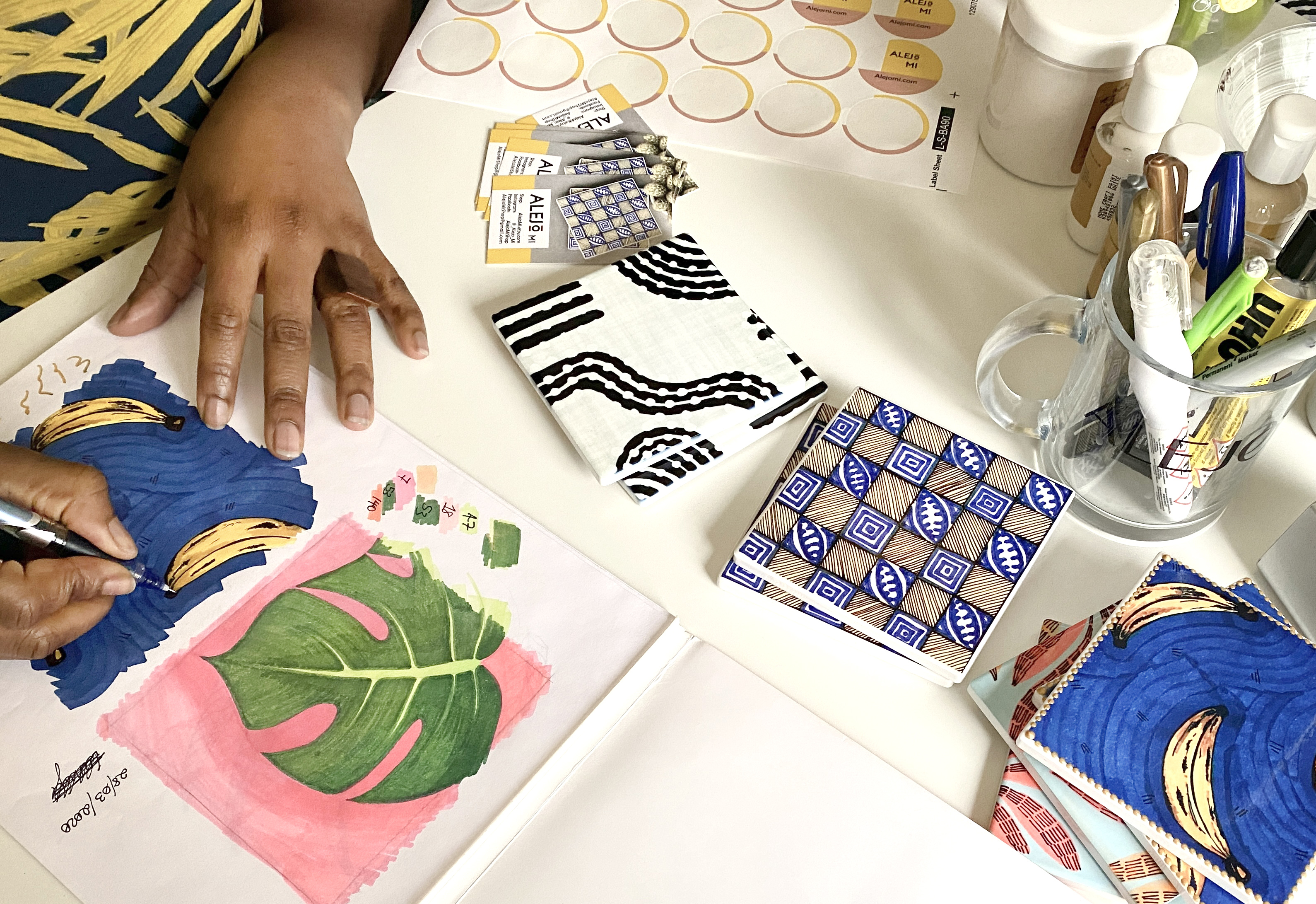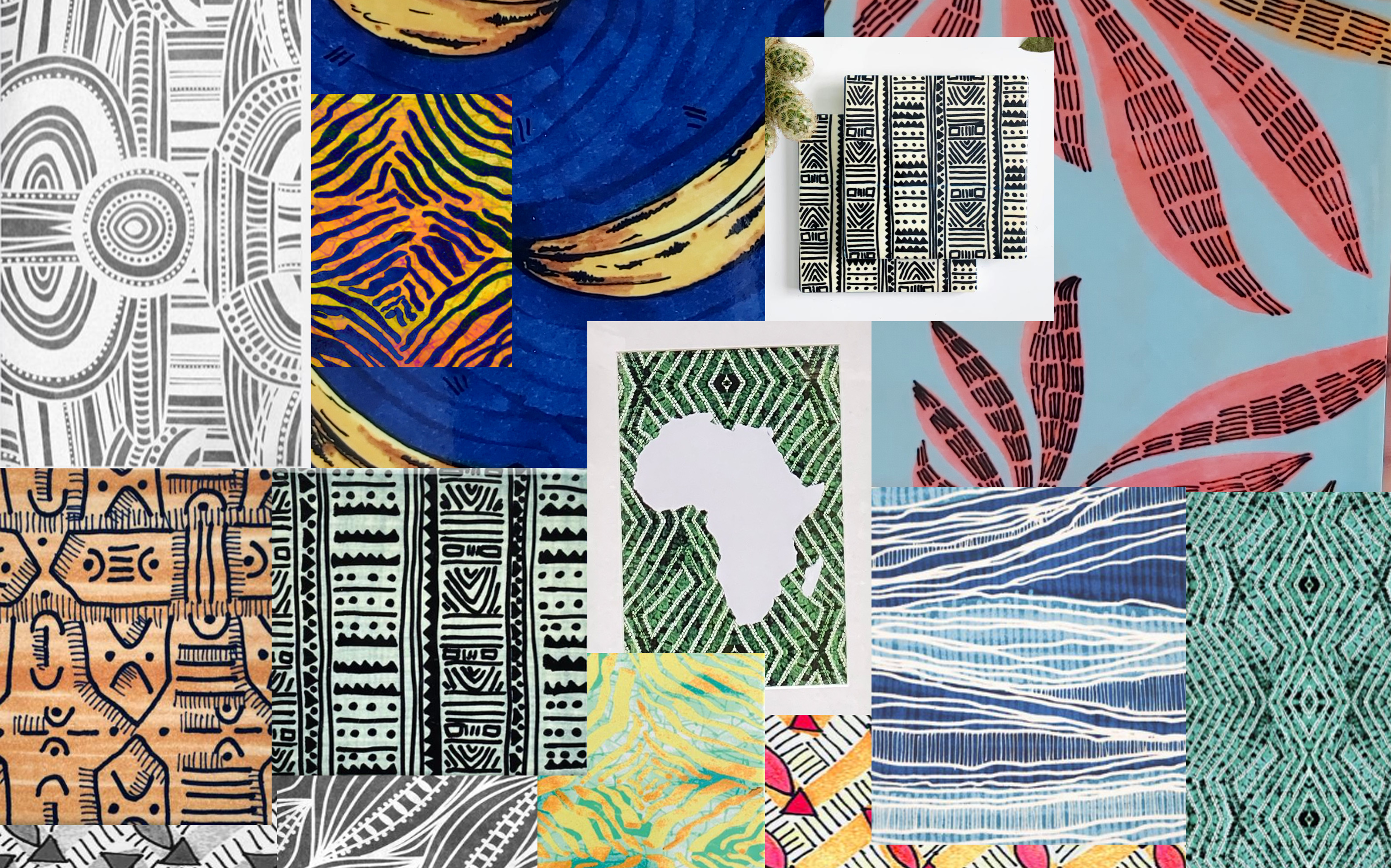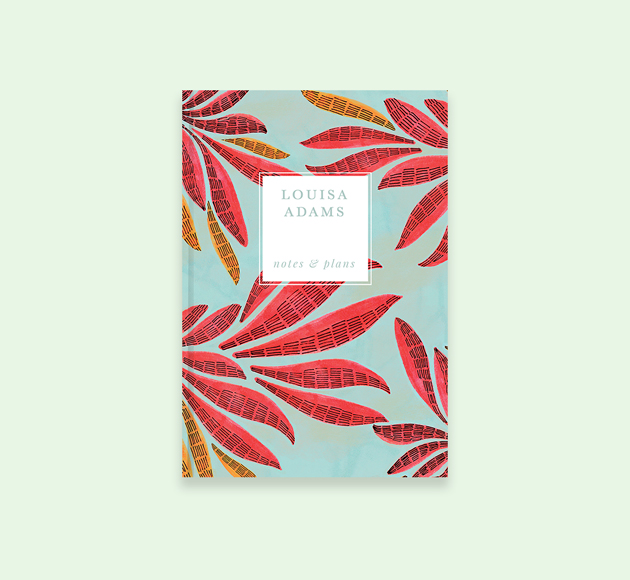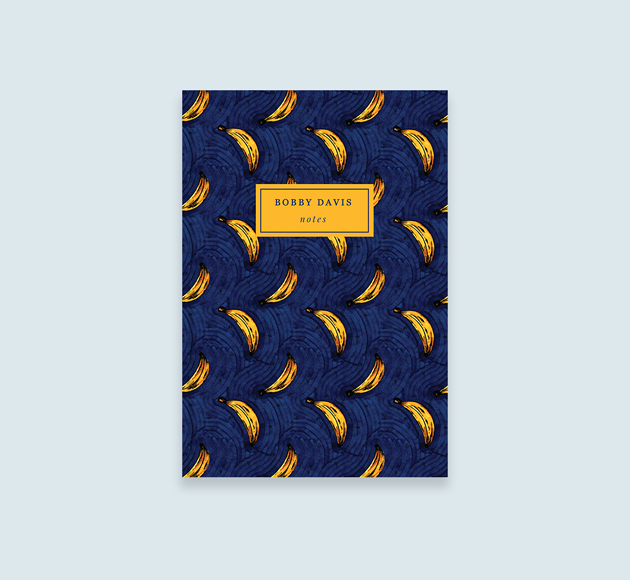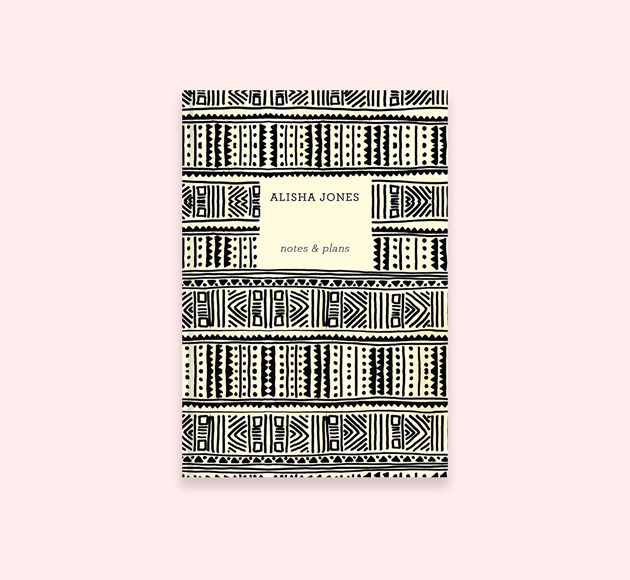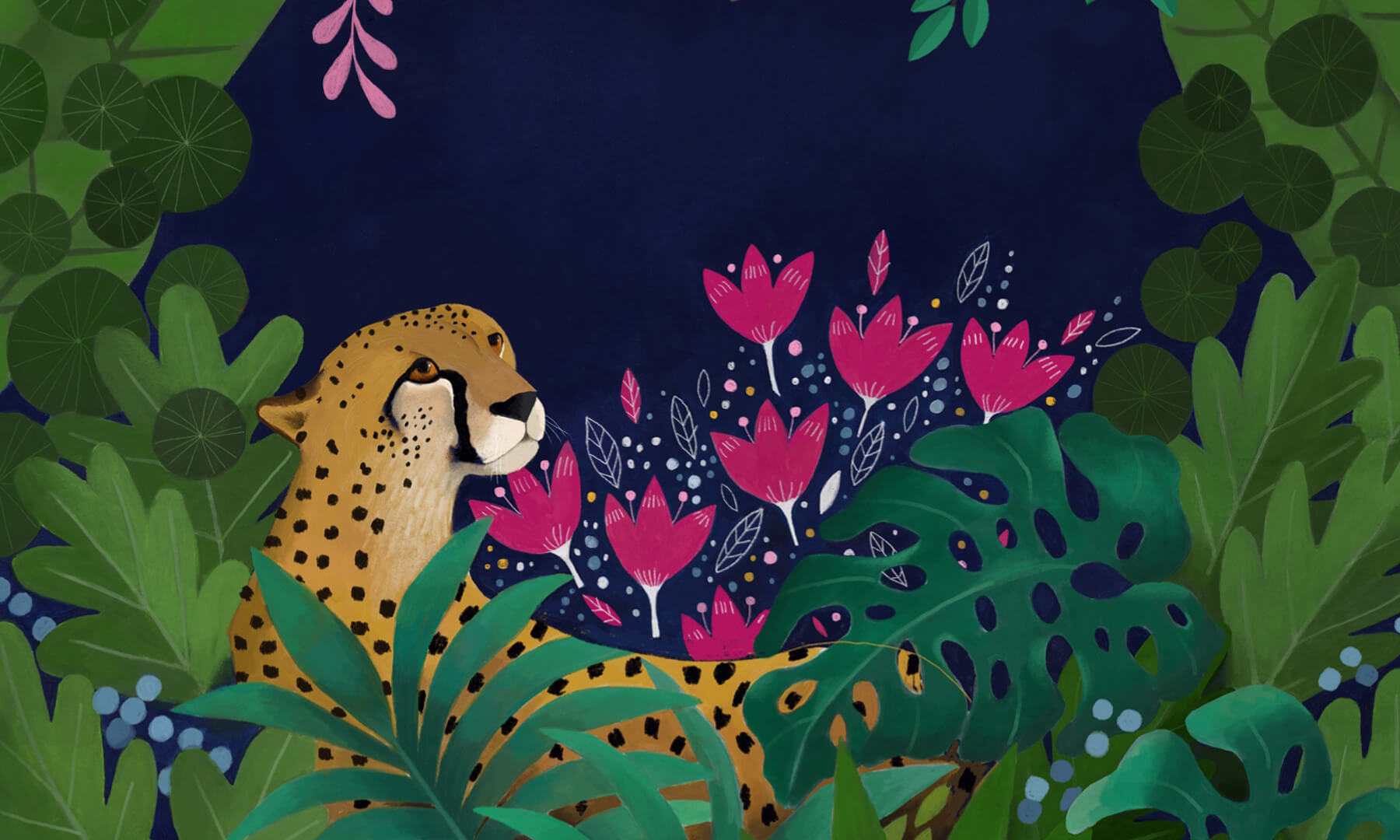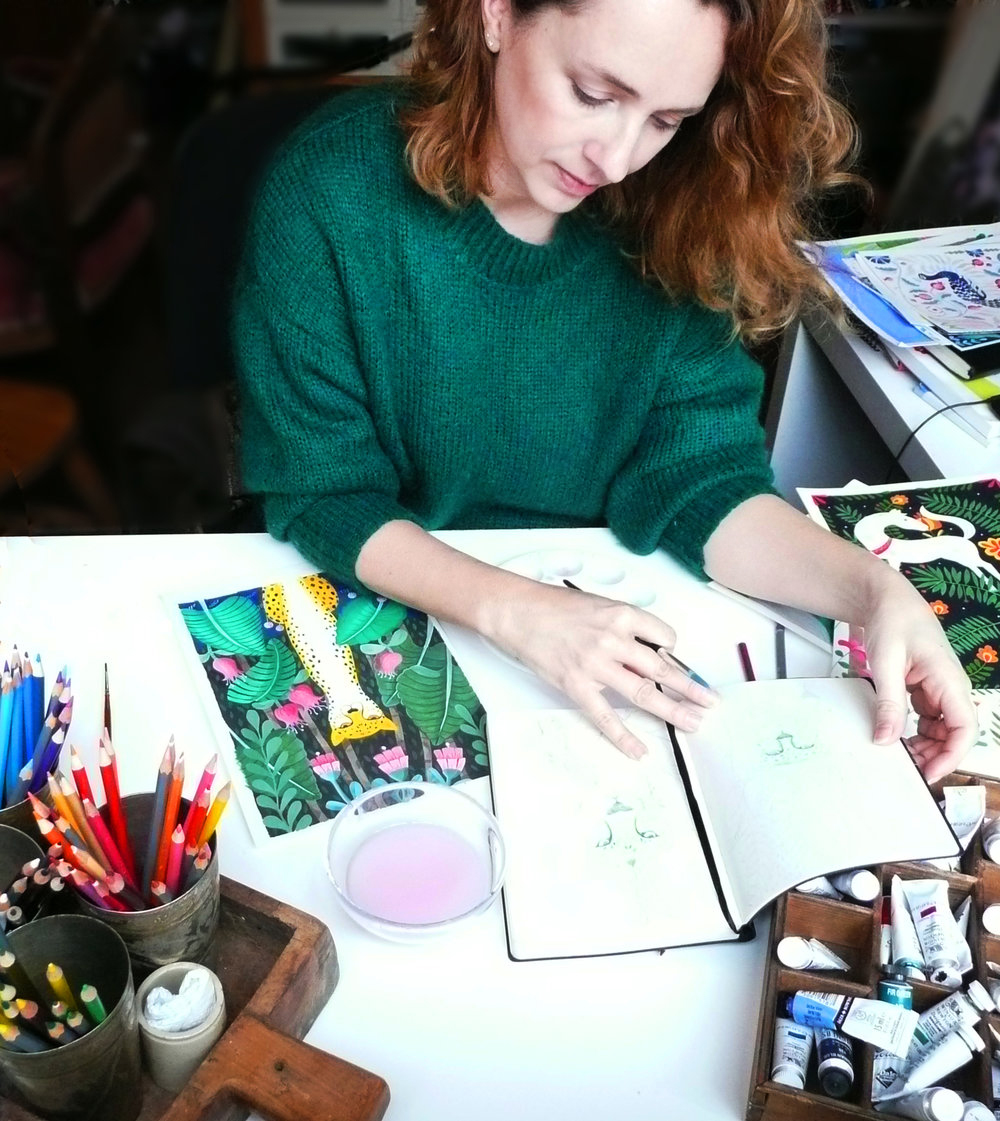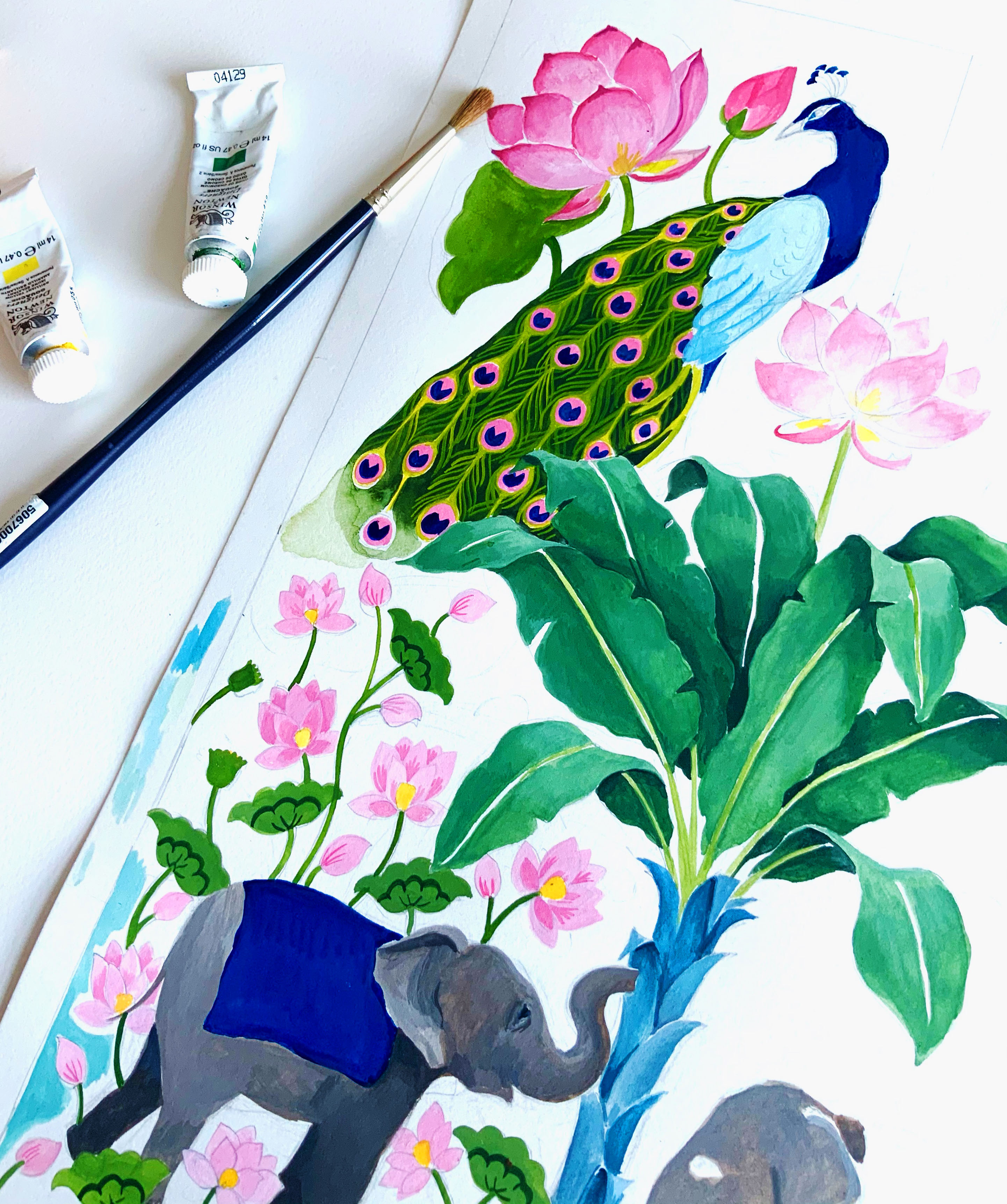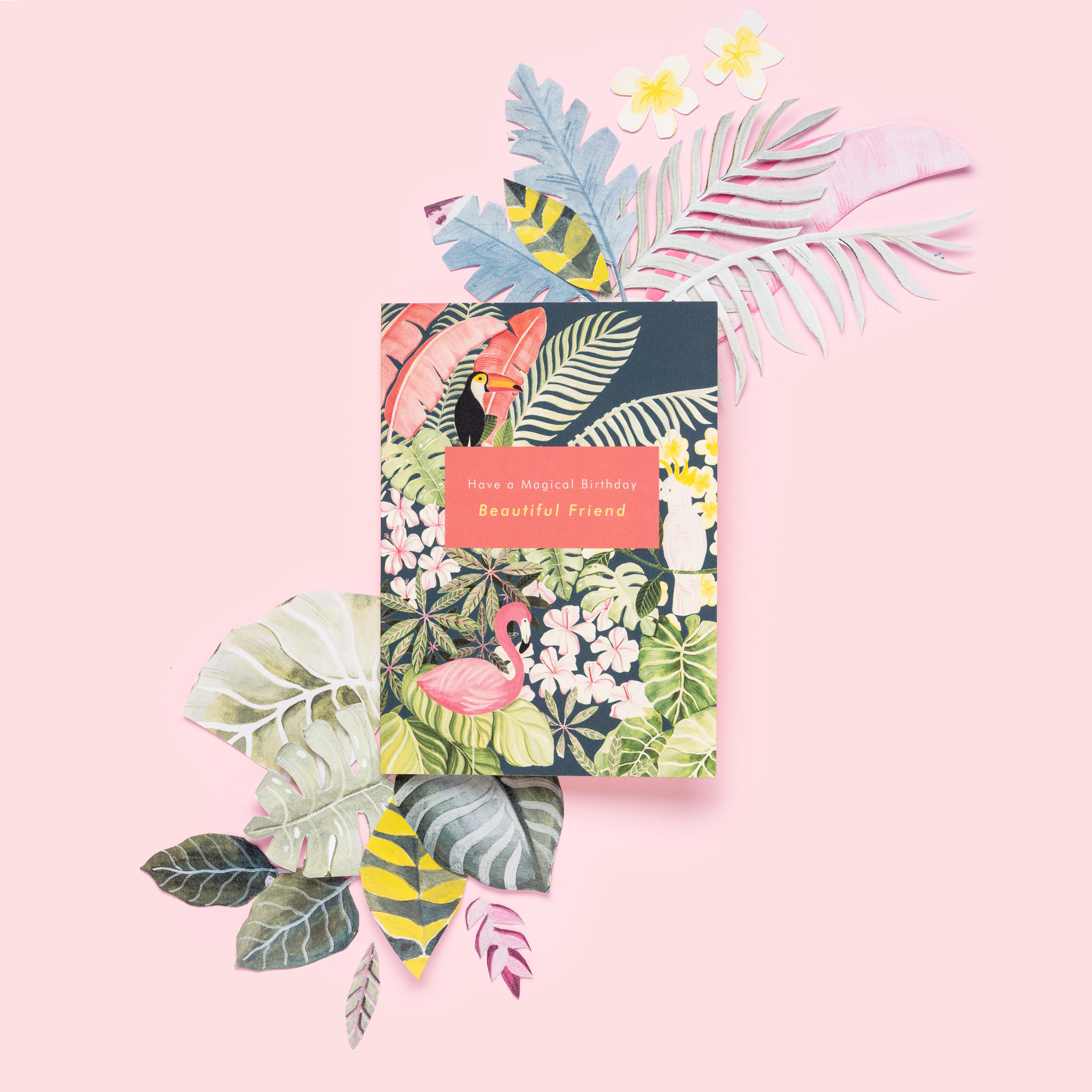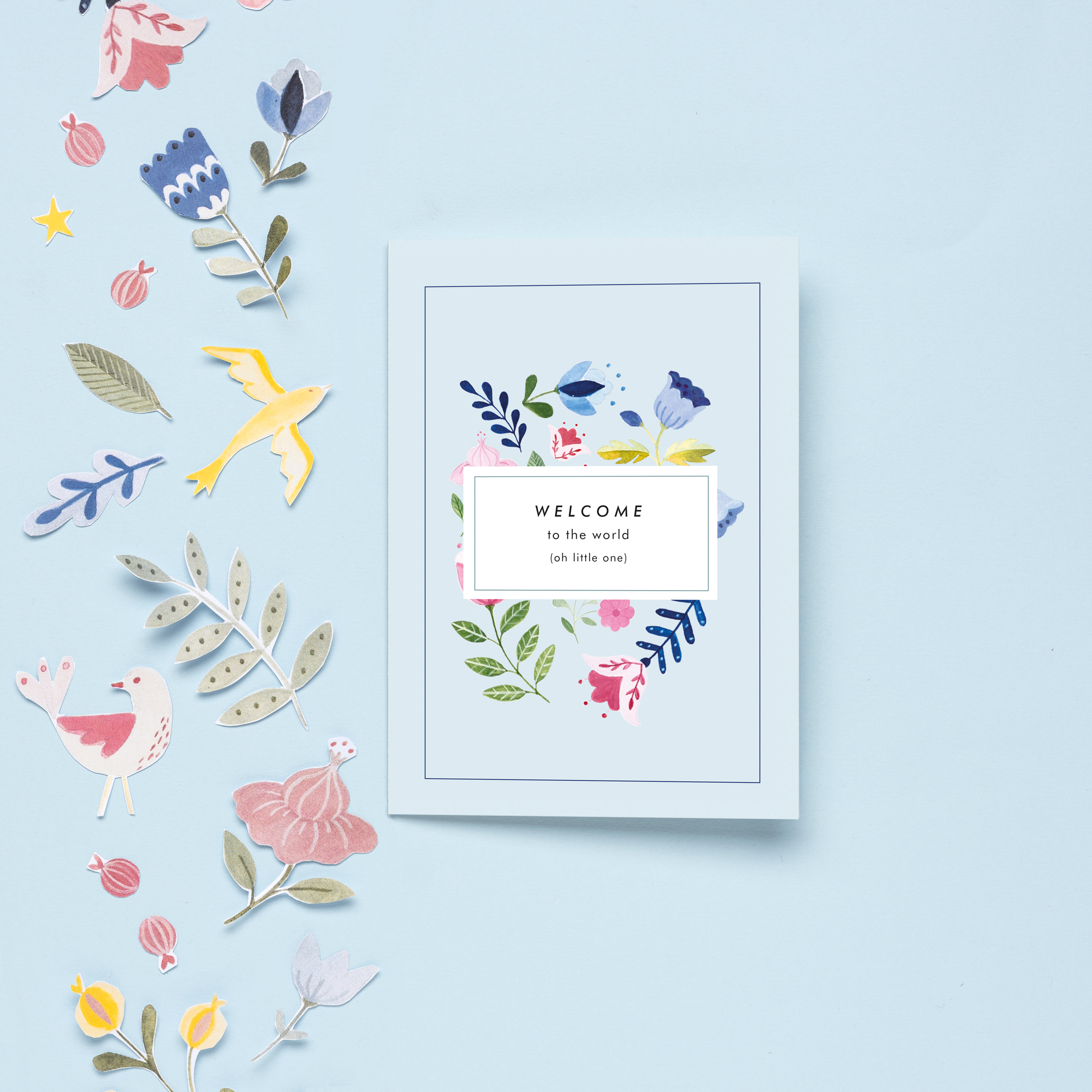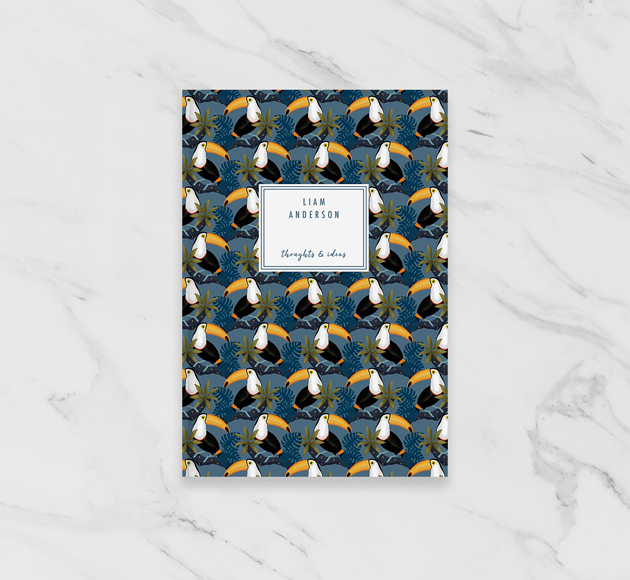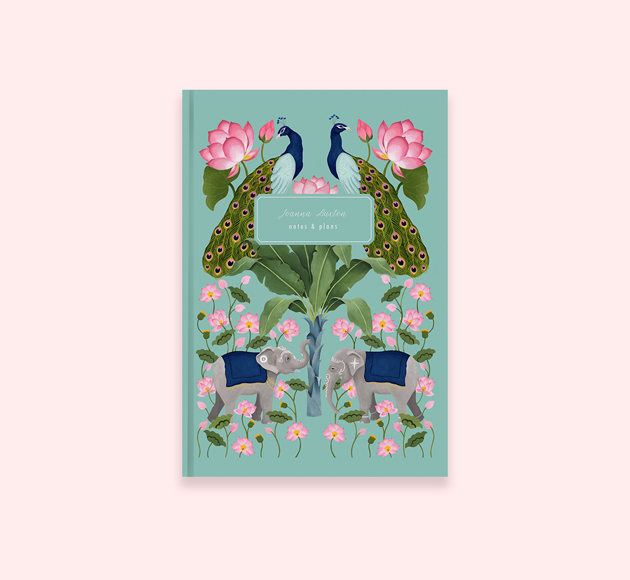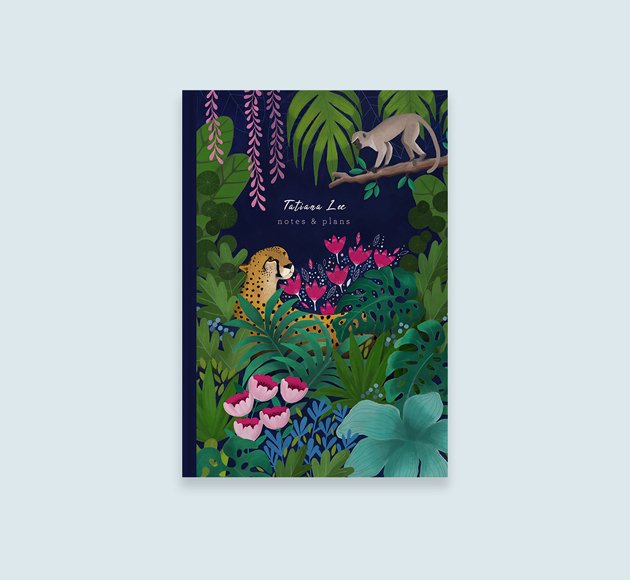In this week’s Meet the Maker, we meet Selma Gulbahce. An abstract painter who produces beautiful and bold, fluid paintings using acrylic paints. Selma loves the freedom of never knowing exactly what she’s going to get when the paint hits the canvas, resulting in unique pieces every time. Selma’s love of exploring new techniques and hands-on work has helped shape the paintings she produces today.
Your work is very striking, with each piece being totally unique. When did you first start working within your chosen medium and how did that come about?
My journey began as an abstract artist in 2020 during the lockdown. However, I never really started producing any work for months. The reason for this was because I didn’t want to just dive into it, I wanted to gain as much knowledge as I possibly could. I was waiting for the right timing, but after procrastinating for months and months I realised the right time was never going to come, therefore I had to make it happen.
Two platforms where I use as inspiration are Instagram and Pinterest! One day during lockdown I was scrolling on Instagram in my ‘saved’ posts, where I have saved thousands of inspirations. I came across an abstract painting I believe I must have saved from a year ago. I don’t know what it was about that abstract painting I saw, but I fell in love with it. I then started coming across more abstract work which then led me on to Sophie Tea Instagram page where I fell in love with her work.

How has your work developed over time and did you ever create work quite different to what you are producing at the moment?
Yes, my work definitely has come a long way. I love exploring new techniques and styles therefore my work always evolves. However, comparing my work to 6 years ago I can definitely see a huge change in my process and development as an artist/designer. Even after researching current abstract artists and trends, I was still a little clueless. Therefore I began pouring and ended up producing random abstracts. I didn’t want to narrow my work down so I was using all sorts of colours and styles. Having said that, I still don’t have a style, I’m still freestyling. Abstract painting is always an anonymous one because you really don’t know what you’re going to get when the paint meets the canvas, and that’s really what I love about my work.
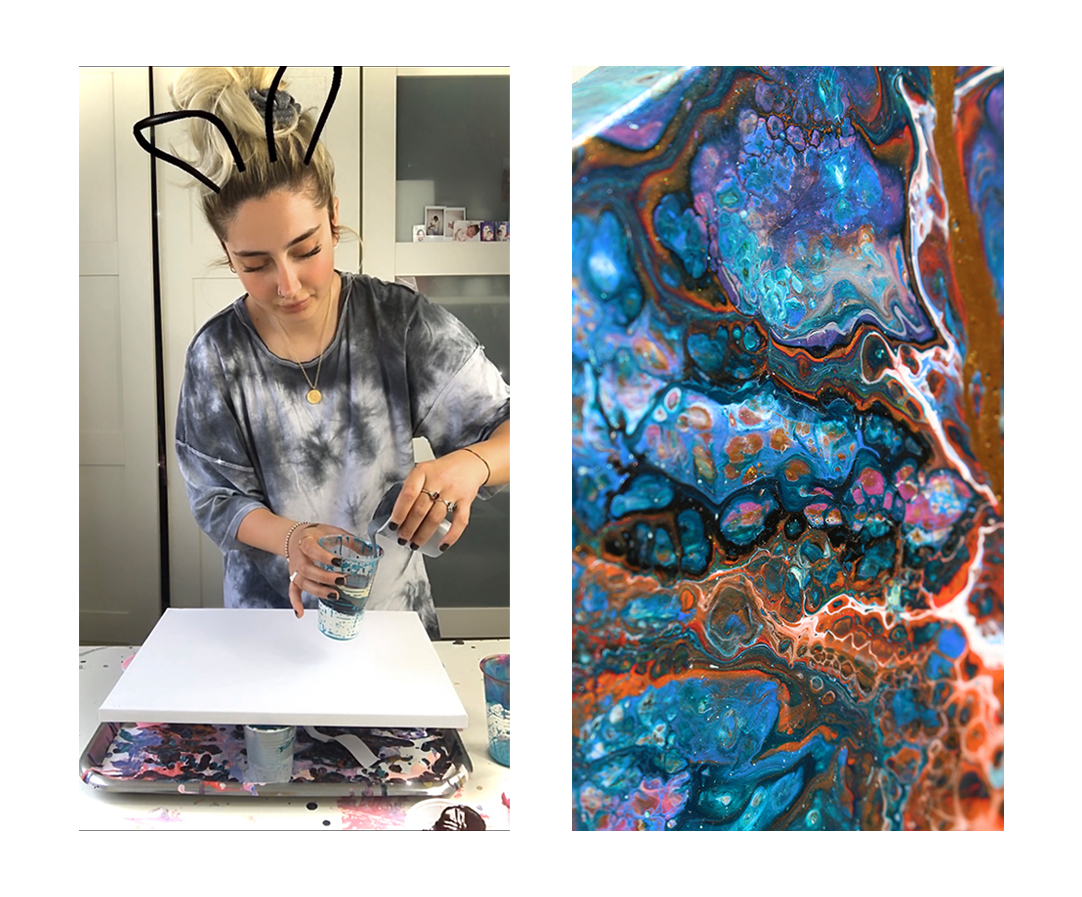
Do you have a favourite artist, designer, or movement that has inspired your work/work ethic? (Can be a musician, performer, etc)
Three artists who inspire me are Polly Nor, Camille Walala and Sophie Tea. One day I was scrolling on Instagram where I came across Sophie Tea, and since then she’s been such a huge inspiration to me. In fact, she was the one that inspired me into abstract art. Over time she changed her style, she no longer produces abstract paintings she now paints the female body, emphasising body confidence and women empowerment. I literally can’t wait for the day I own one of her paintings!
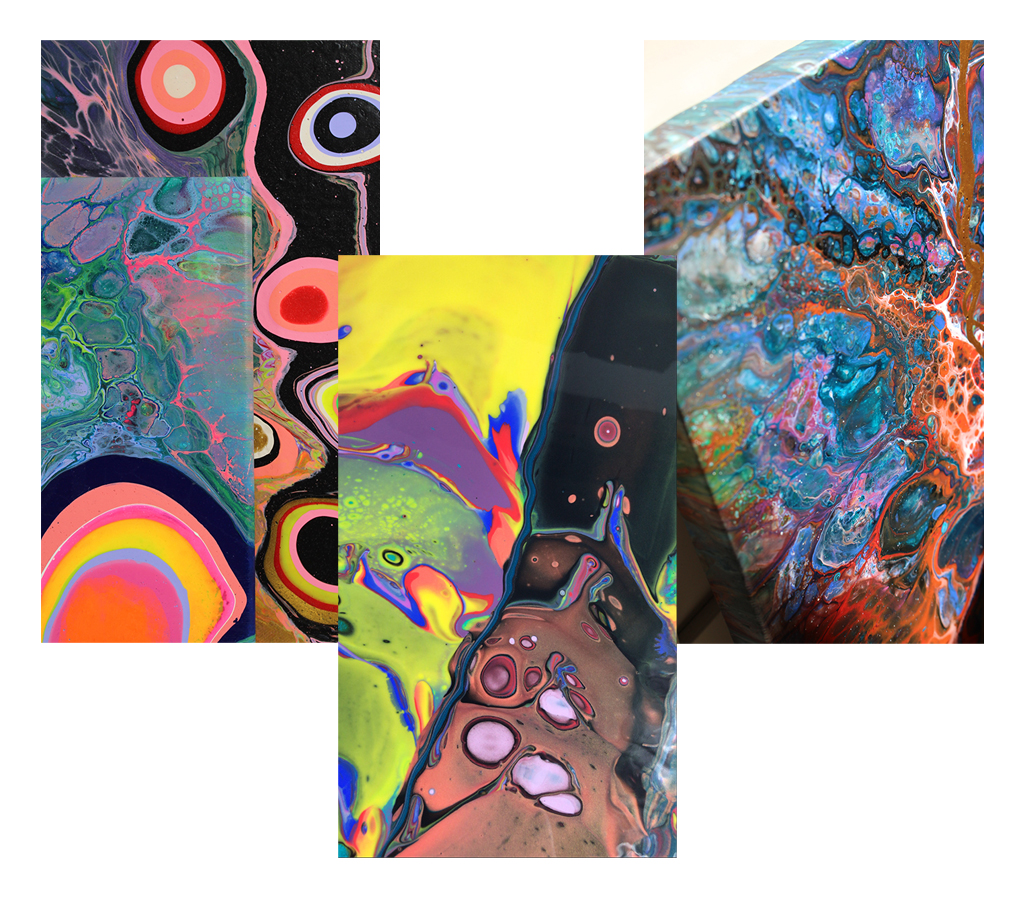
Can you tell us a little bit about where you grew up and how that may have influenced your work? Did you study and if so did this influence the methods in which you work?
I was born into a middle eastern family, raised in south London. My elder sister and I were the only two artistic siblings in the family. We always inspire each other, but I can say she definitely played a huge part in helping me discover my creative side. I studied graphic design at Ravensbourne University and completed my master’s in Illustration & Visual Media at UAL. My master’s degree was a stepping stone for me as I was introduced to a wide range of mediums. At that point the world was my oyster, therefore I was producing work I thought I wasn’t capable of. Since I was so carried away producing work on my laptop, I had forgotten how much more fun it was and how comfortable I was producing hands-on work. And, this has massively reflected on the work I am currently producing.
Browse Selma’s Personalised Designs
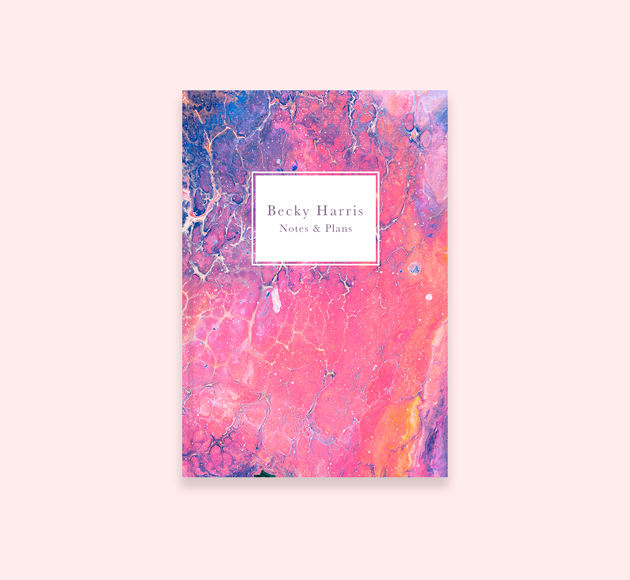 |
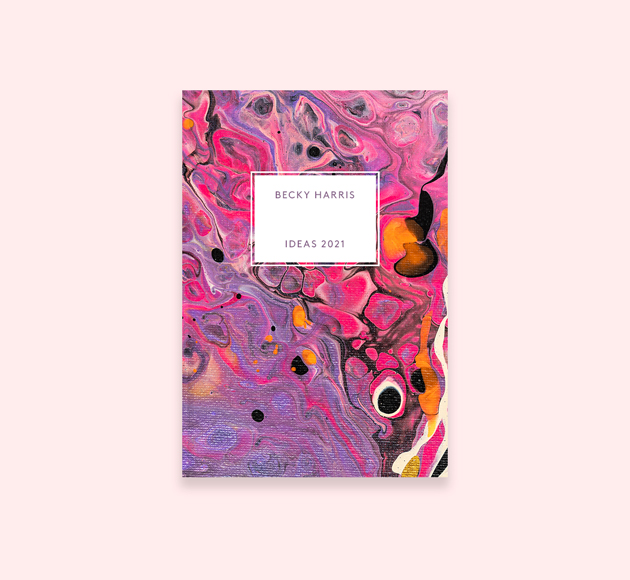 |
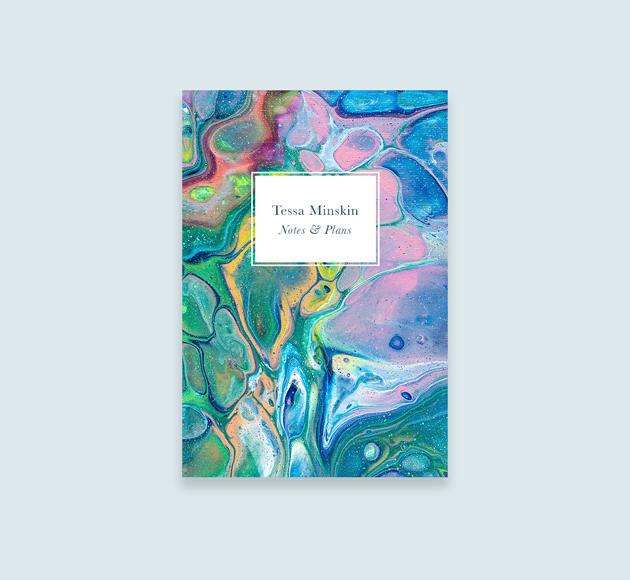 |
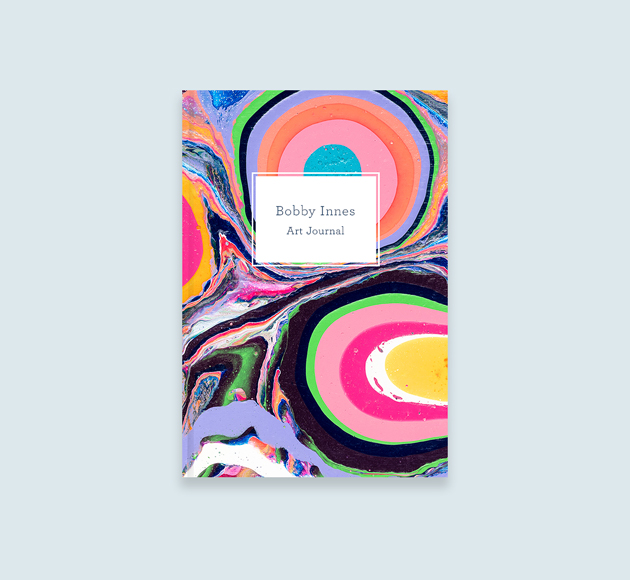 |
